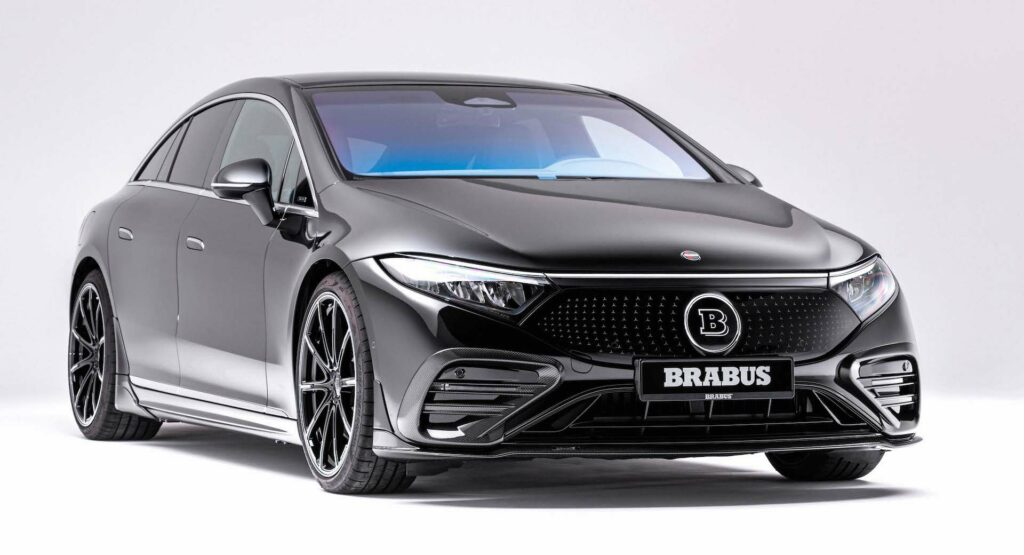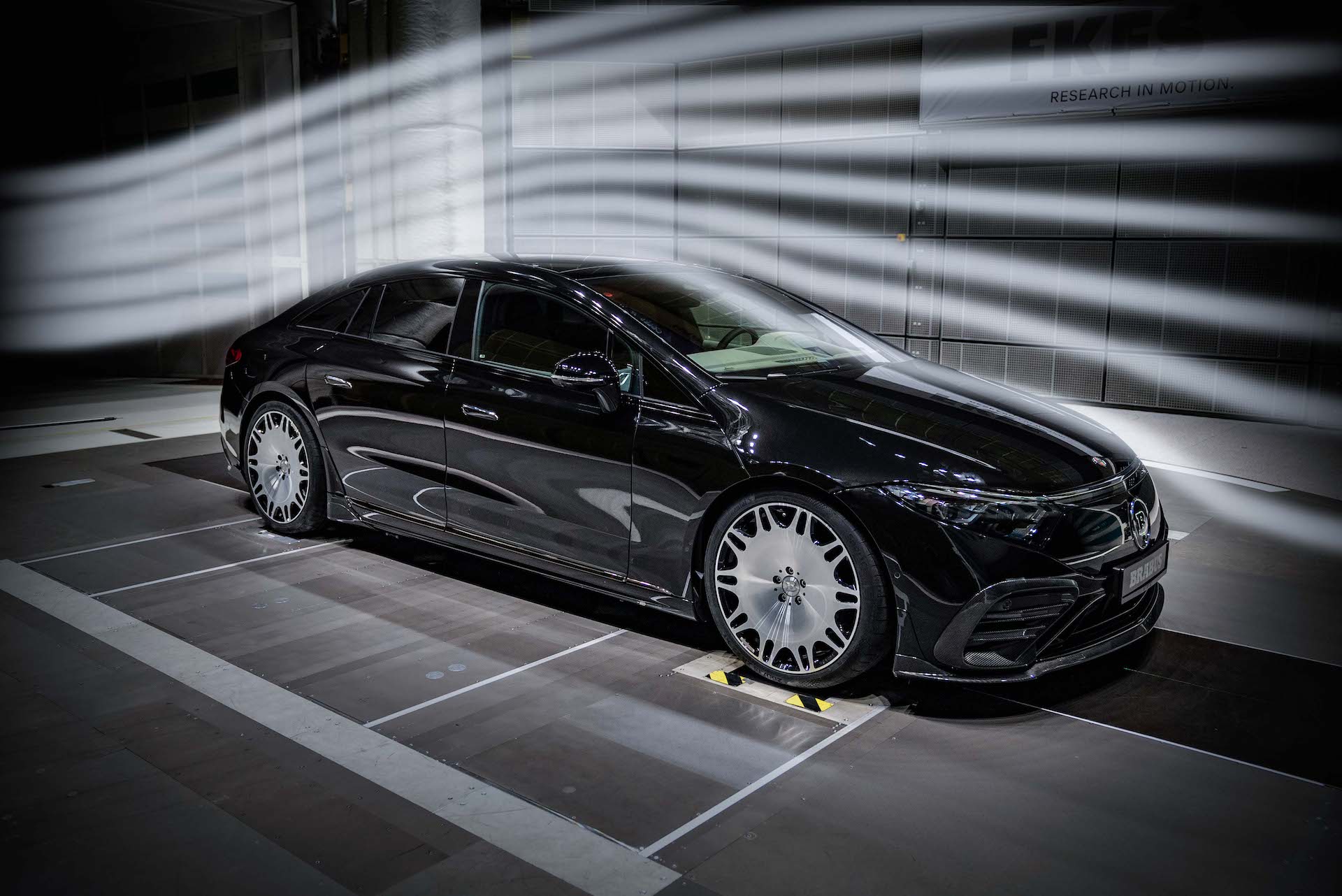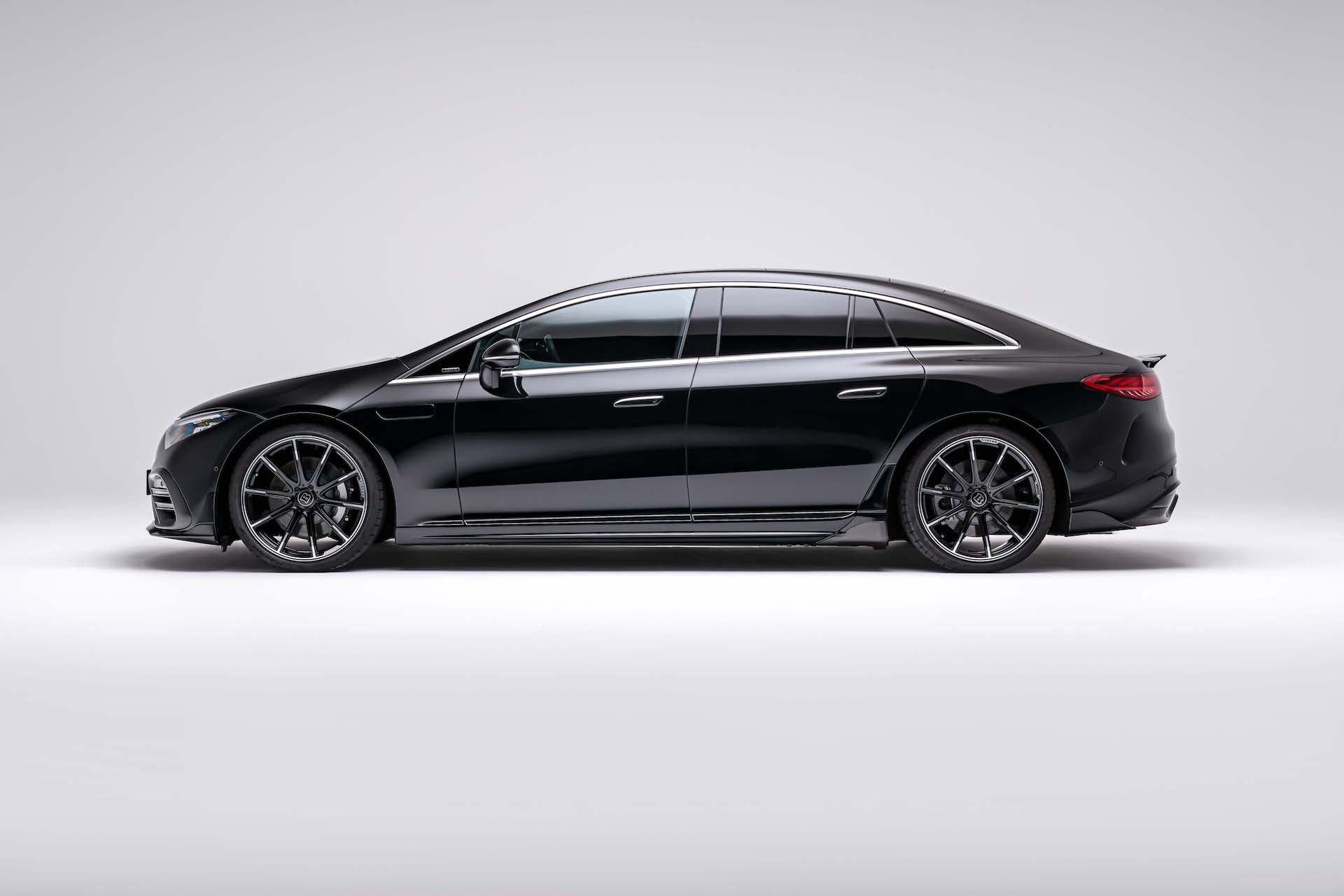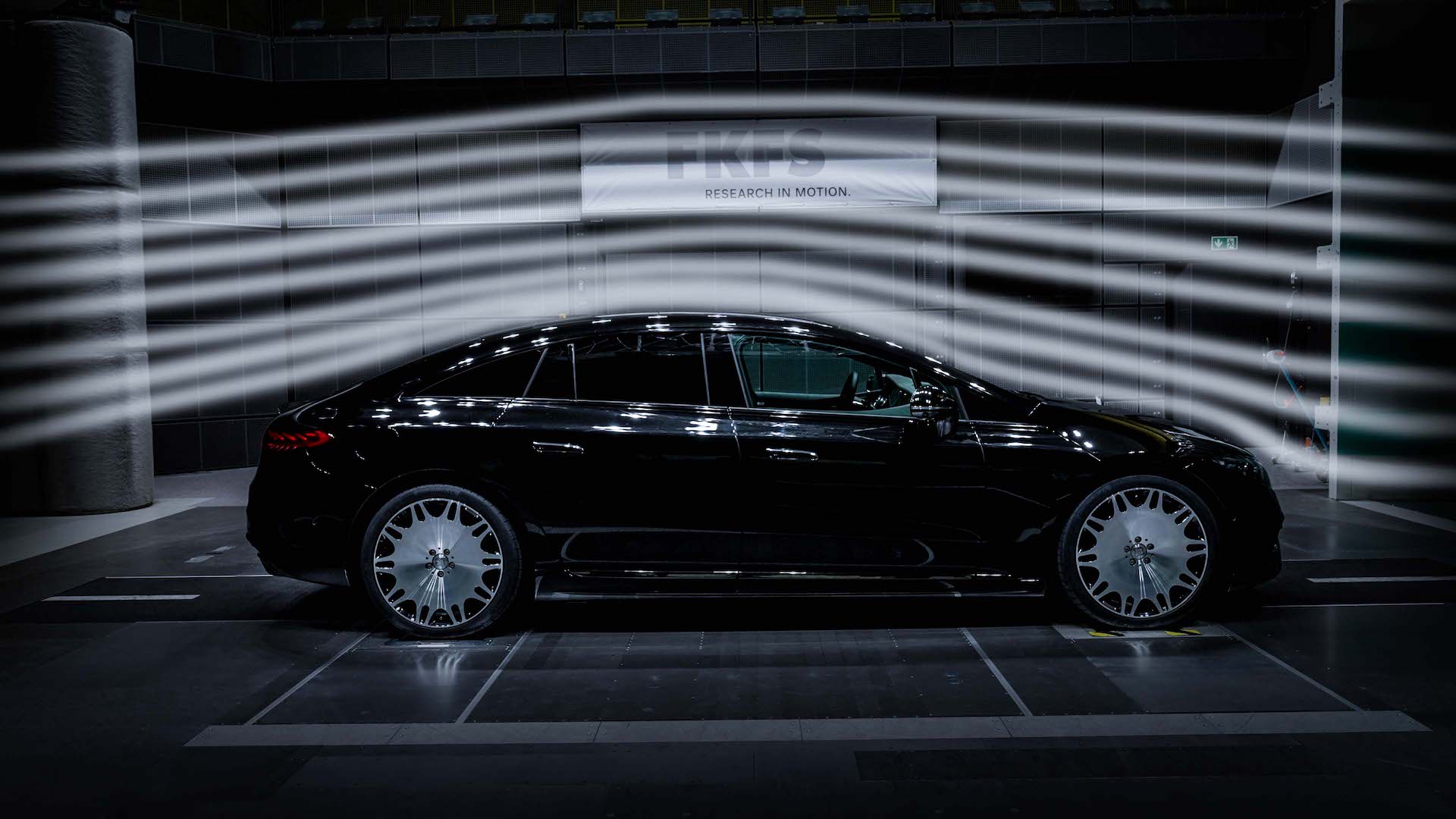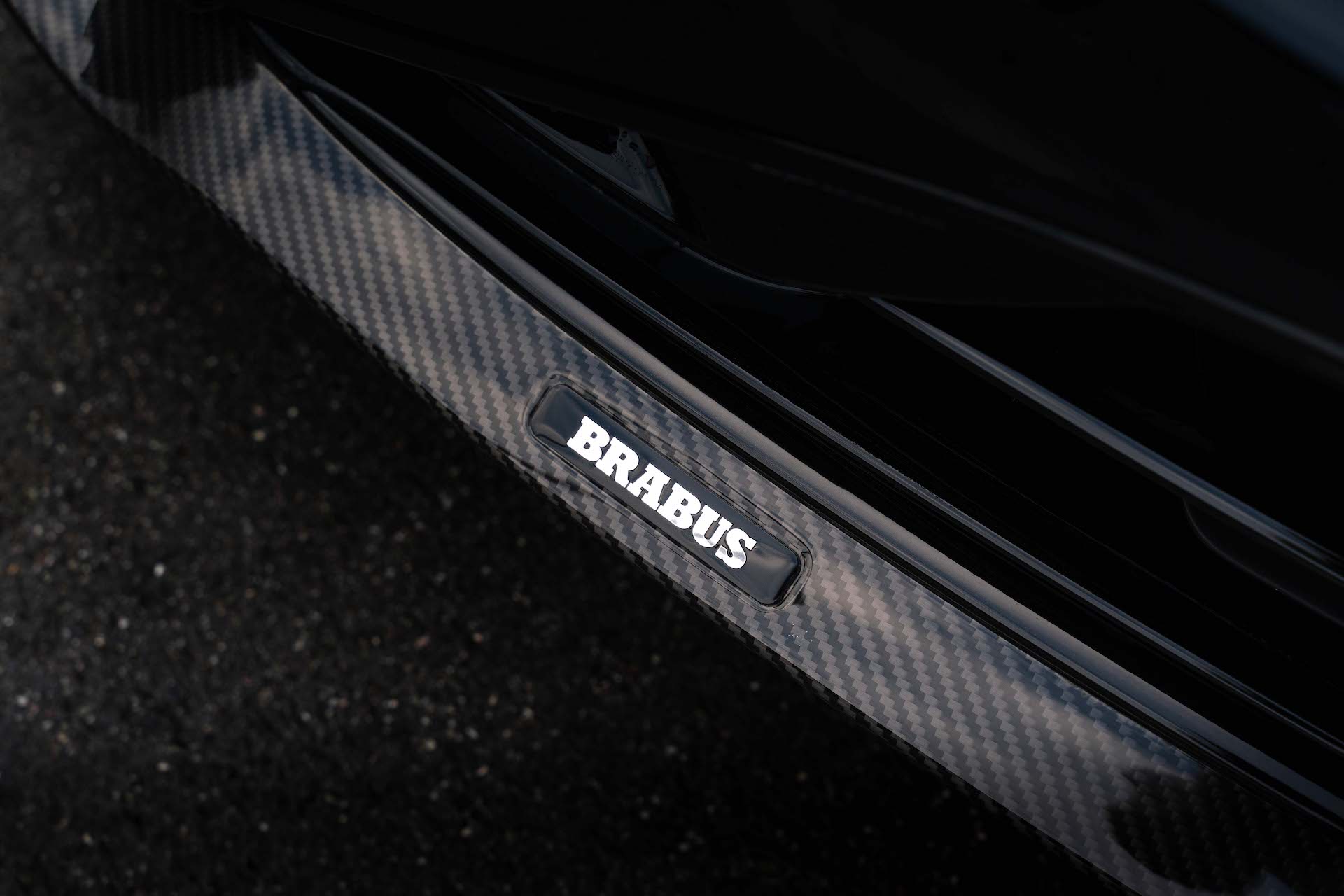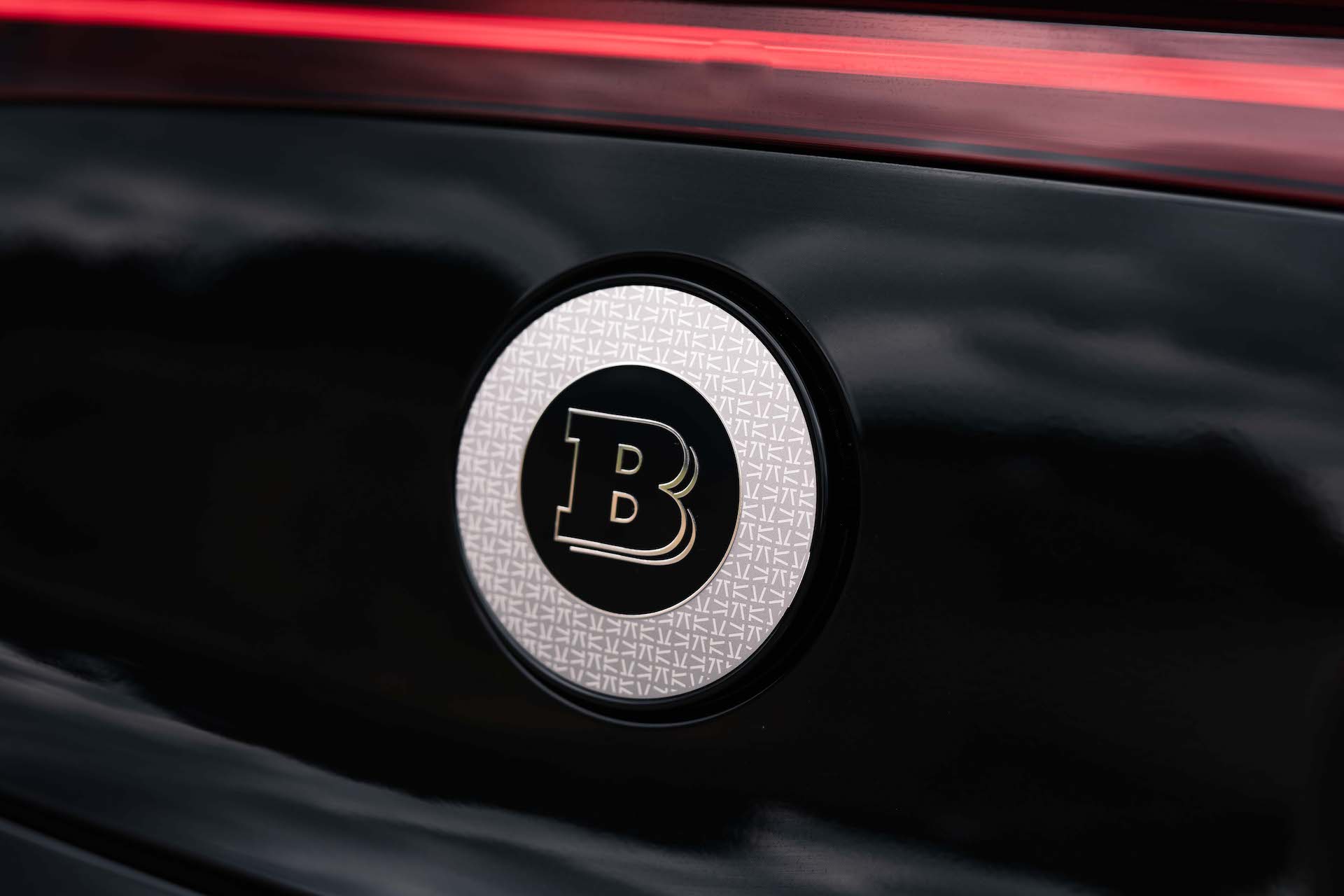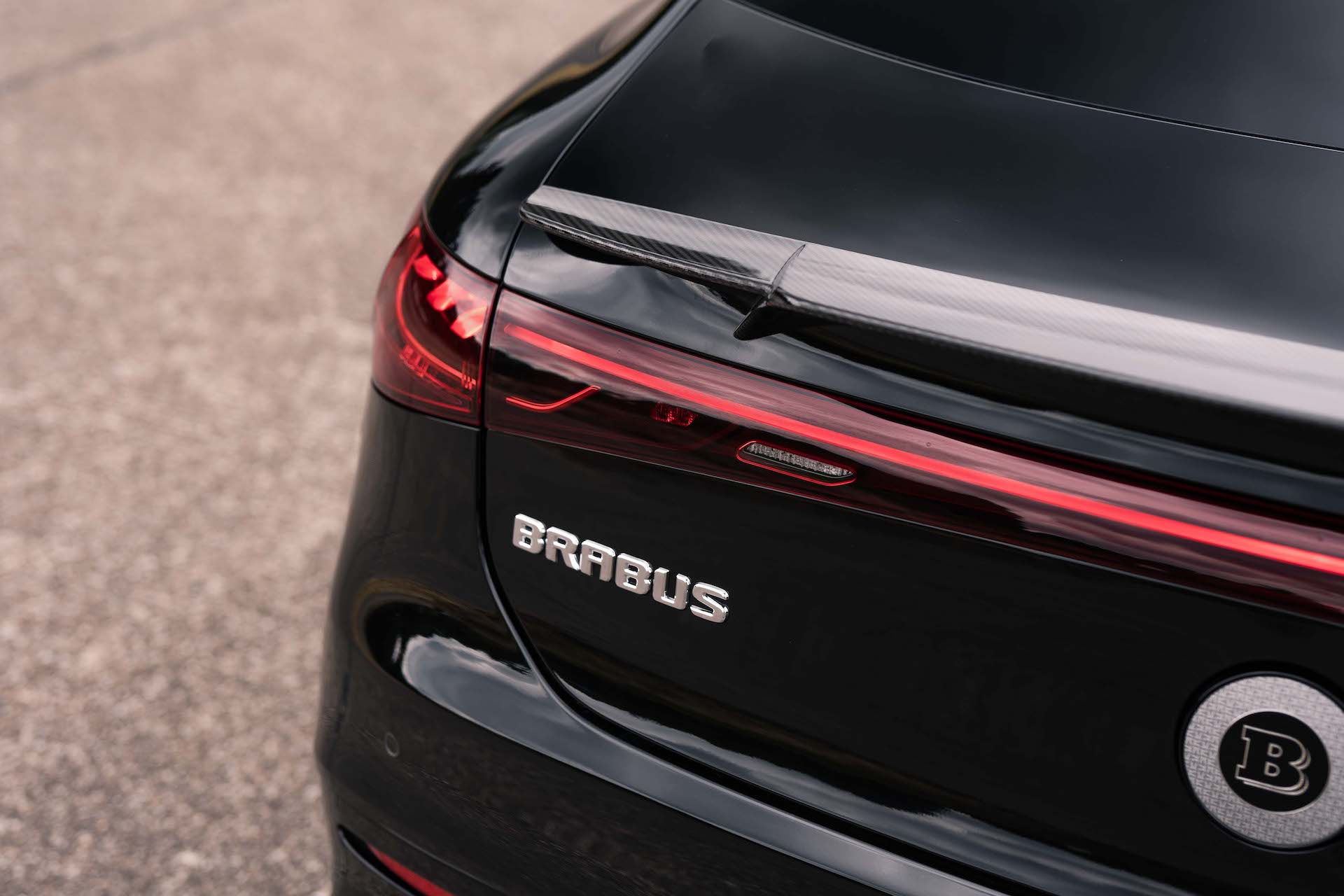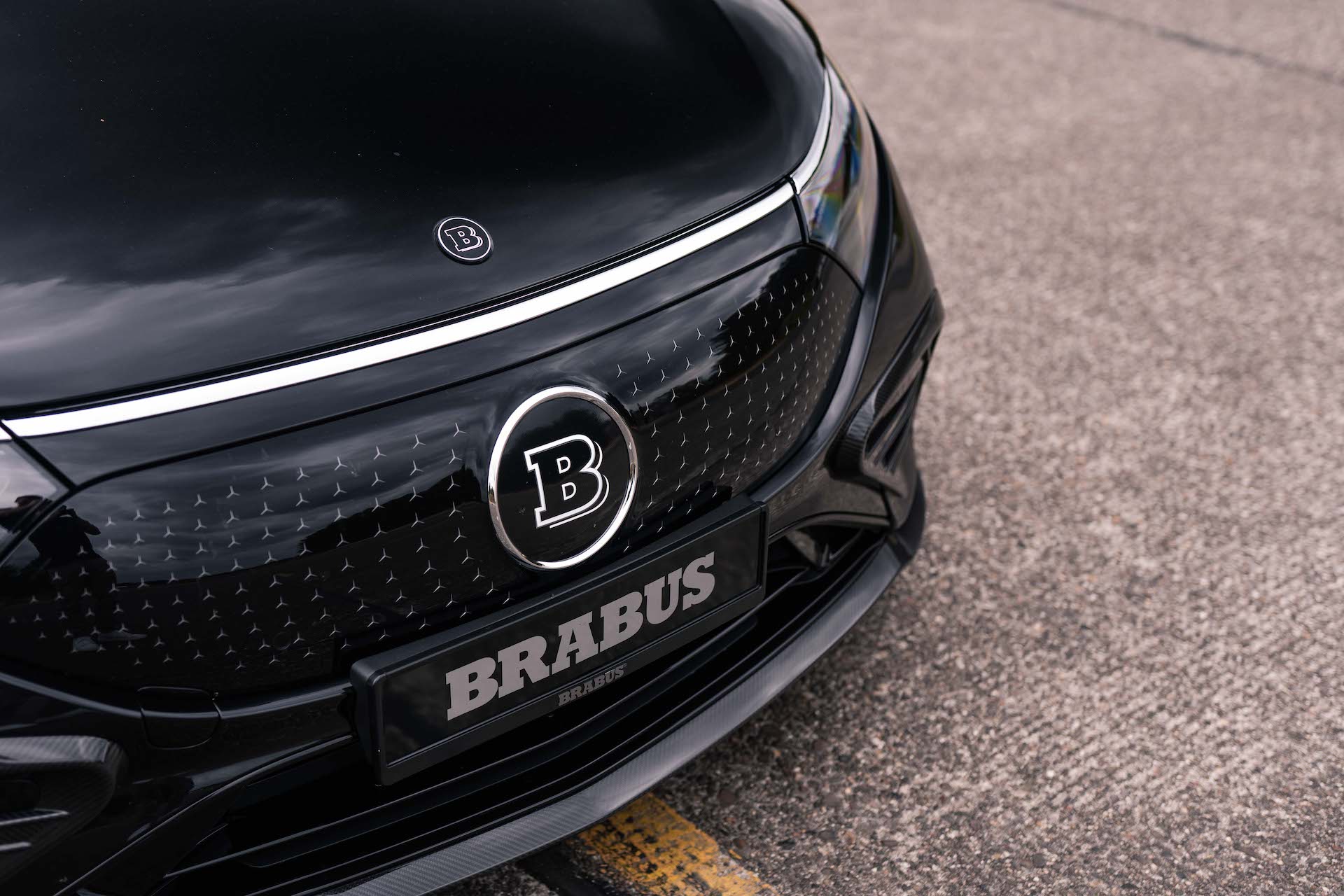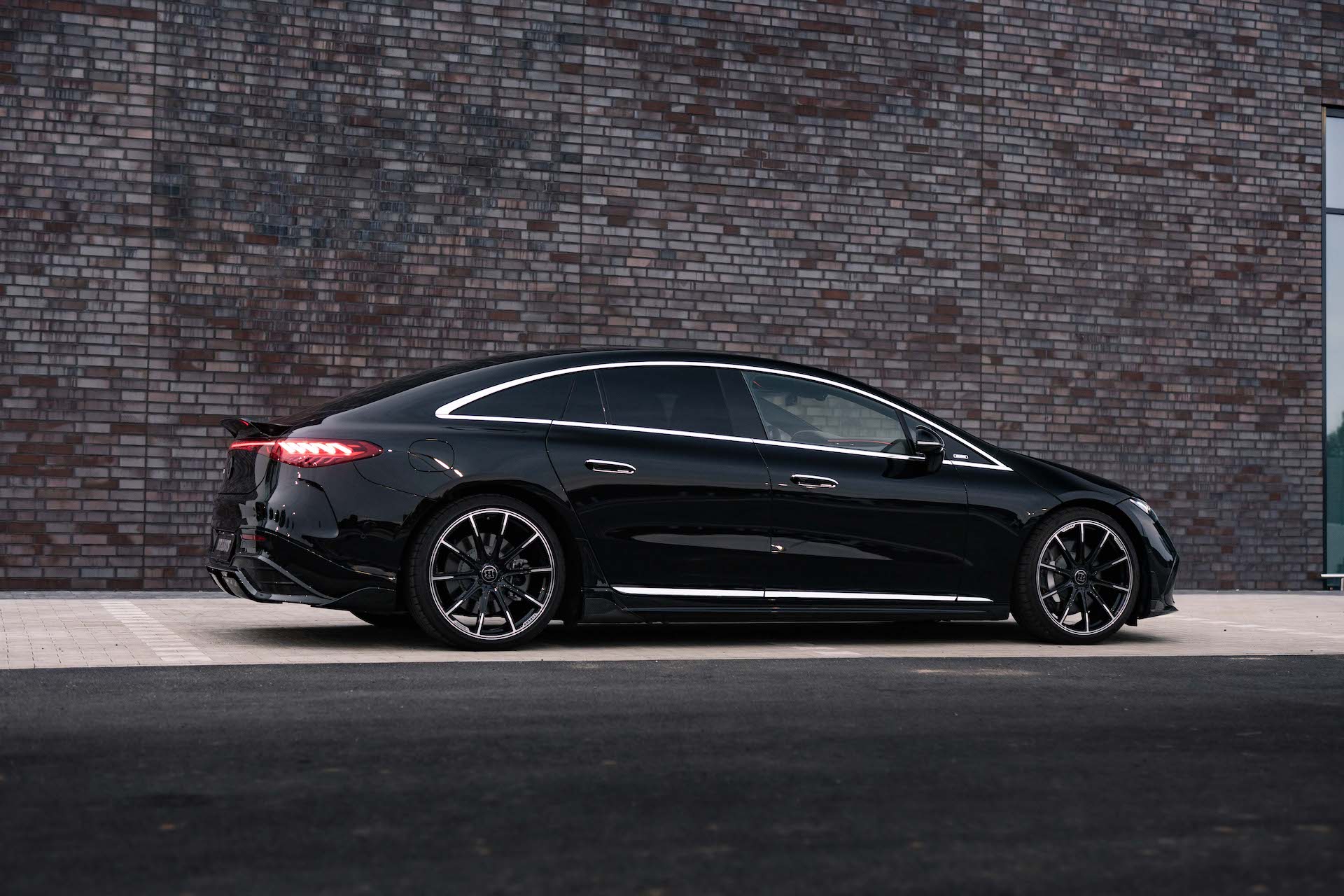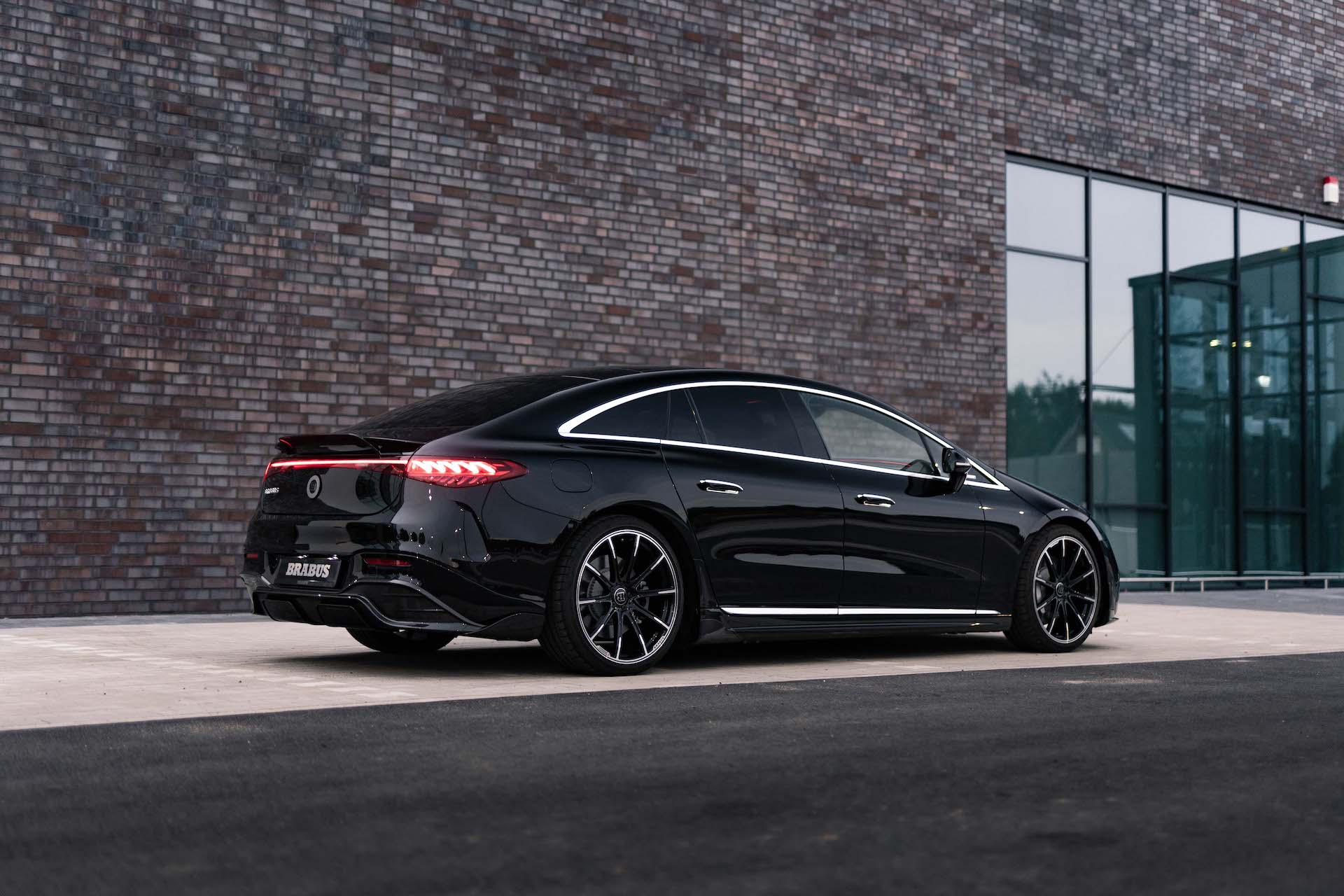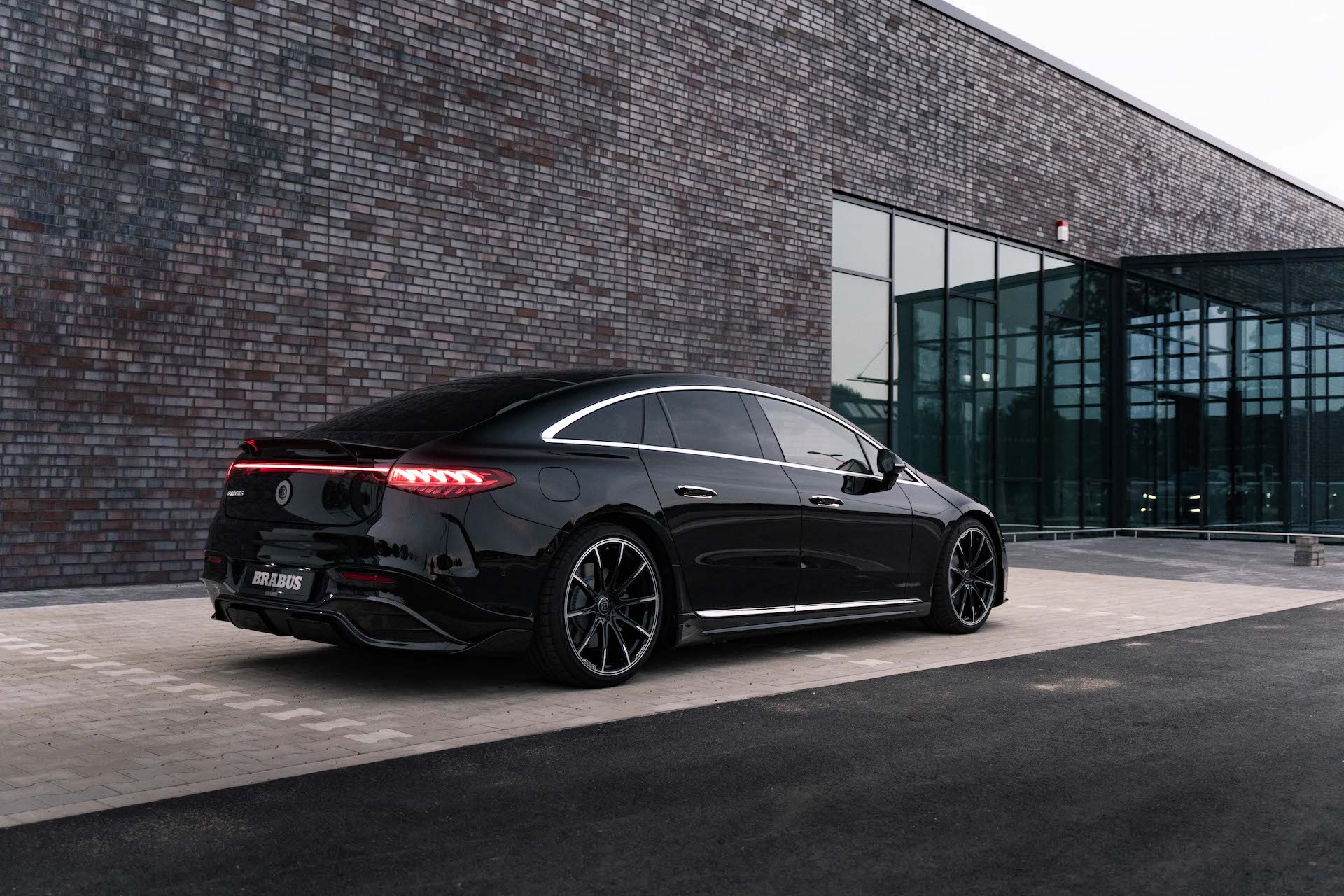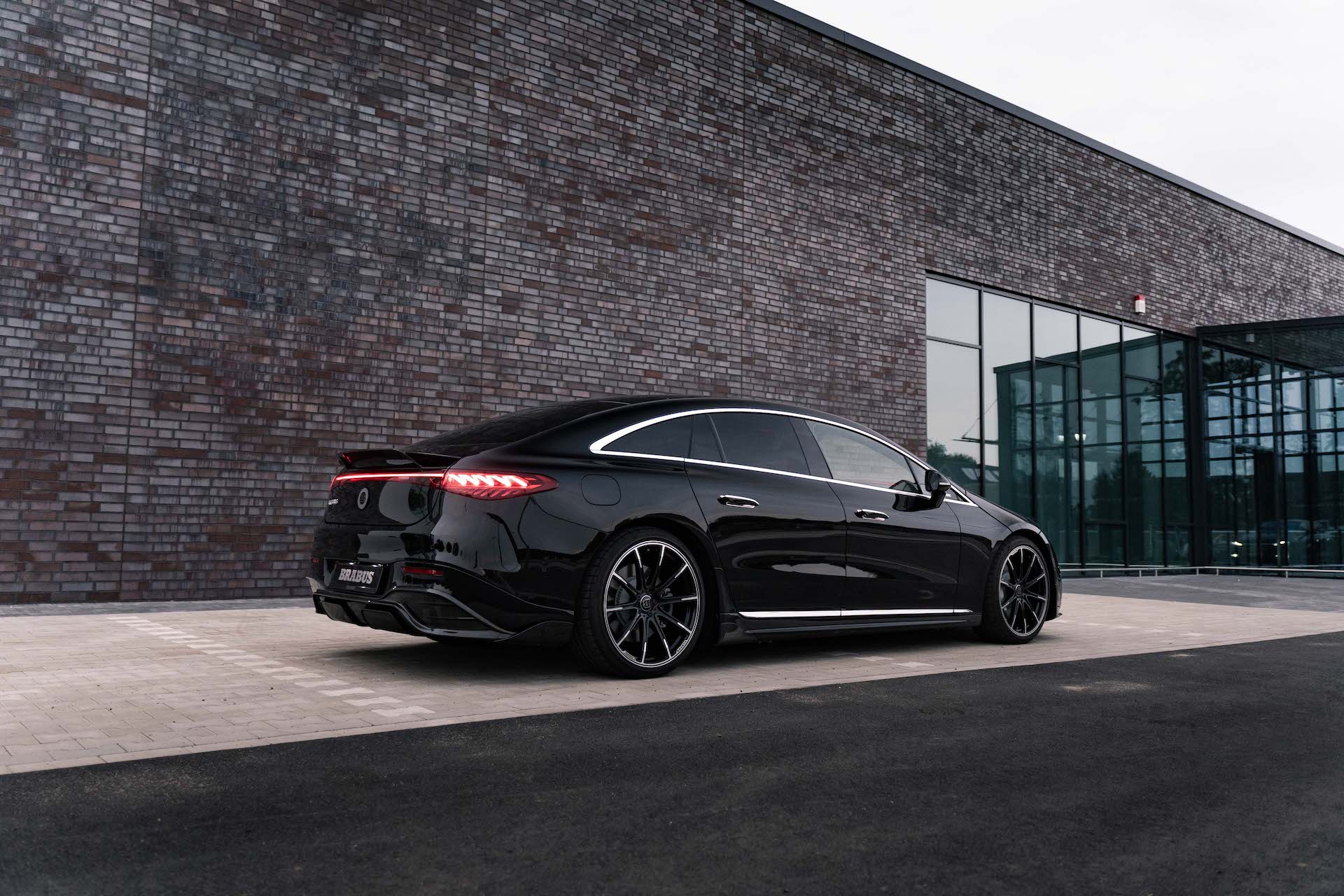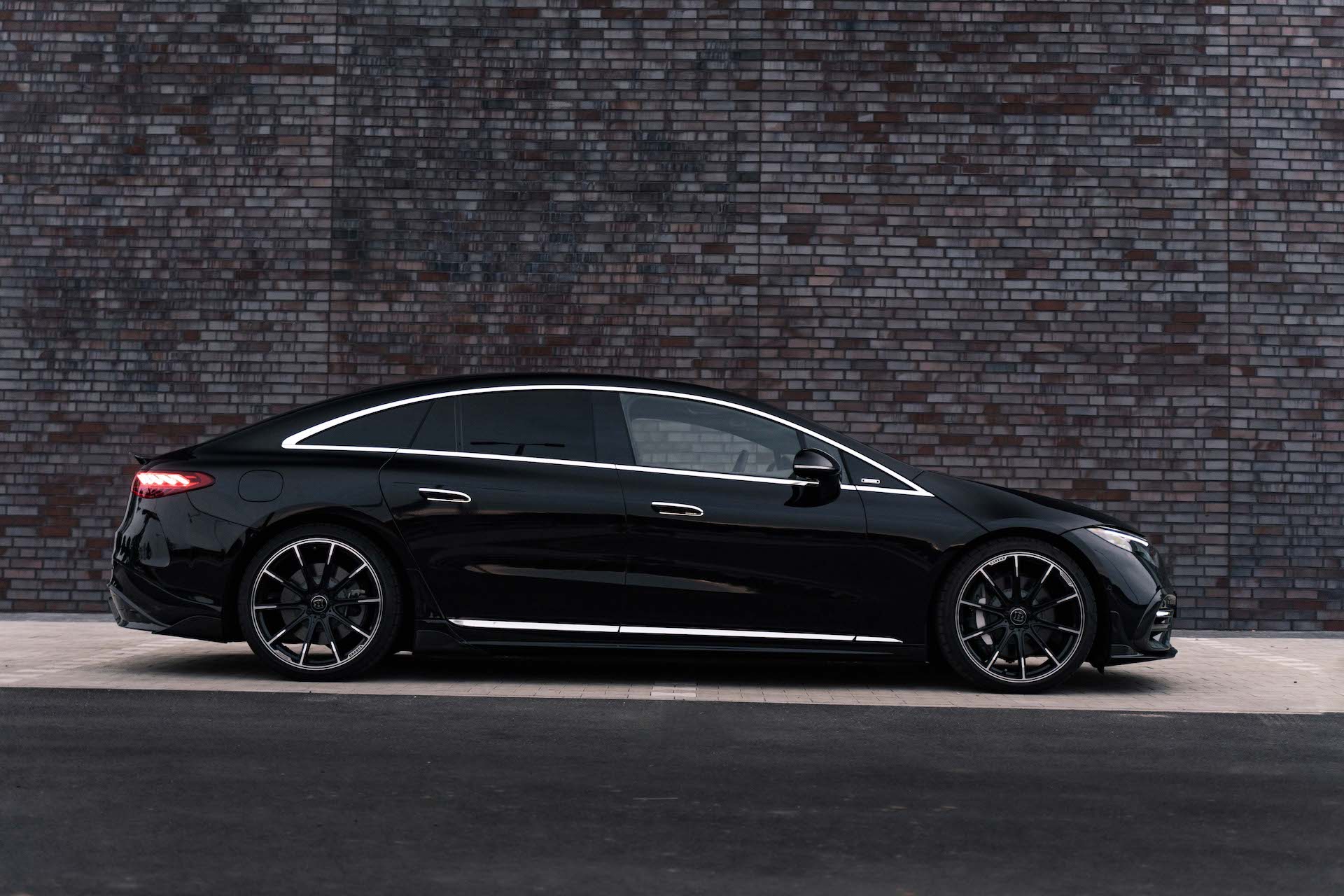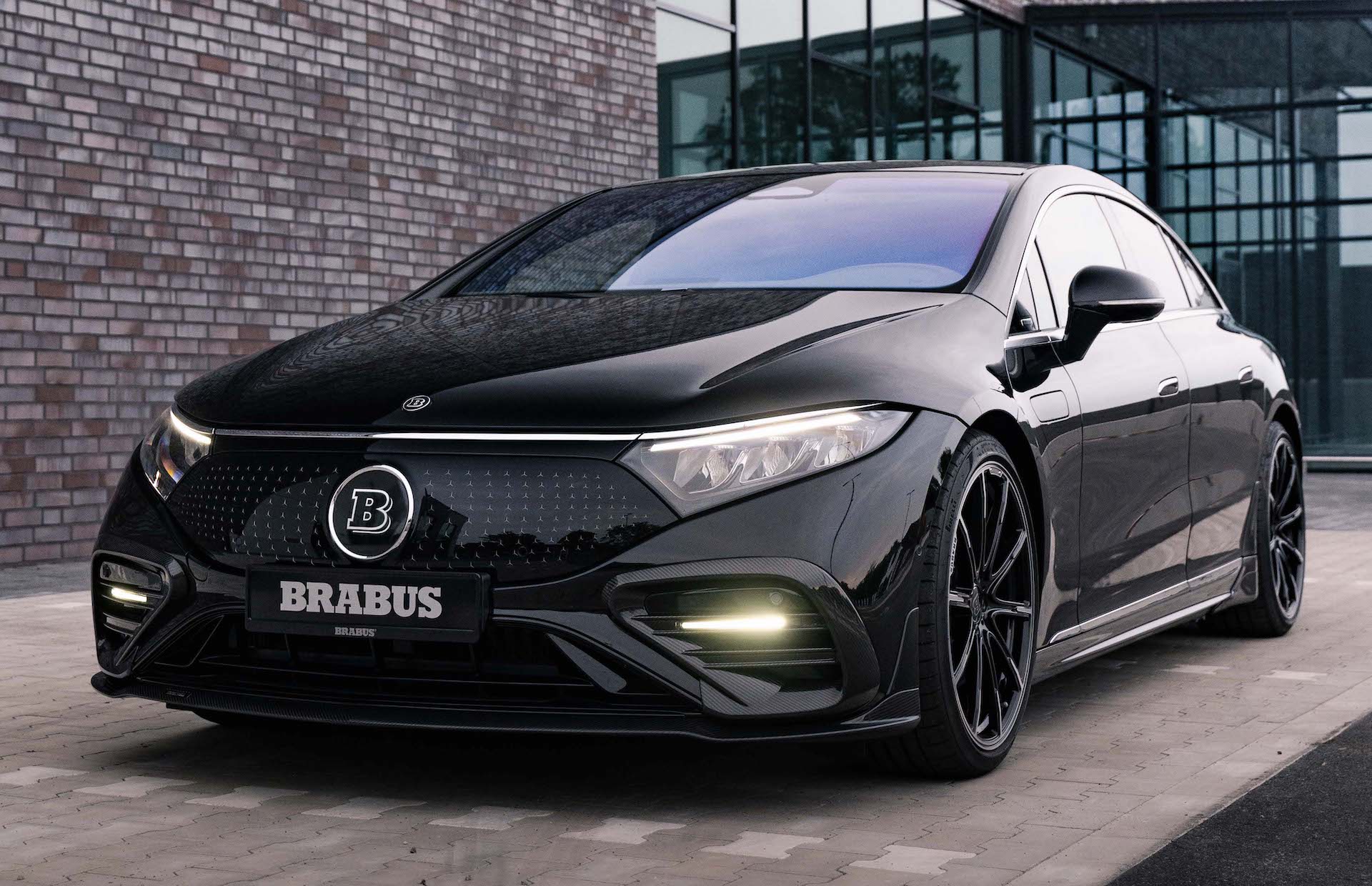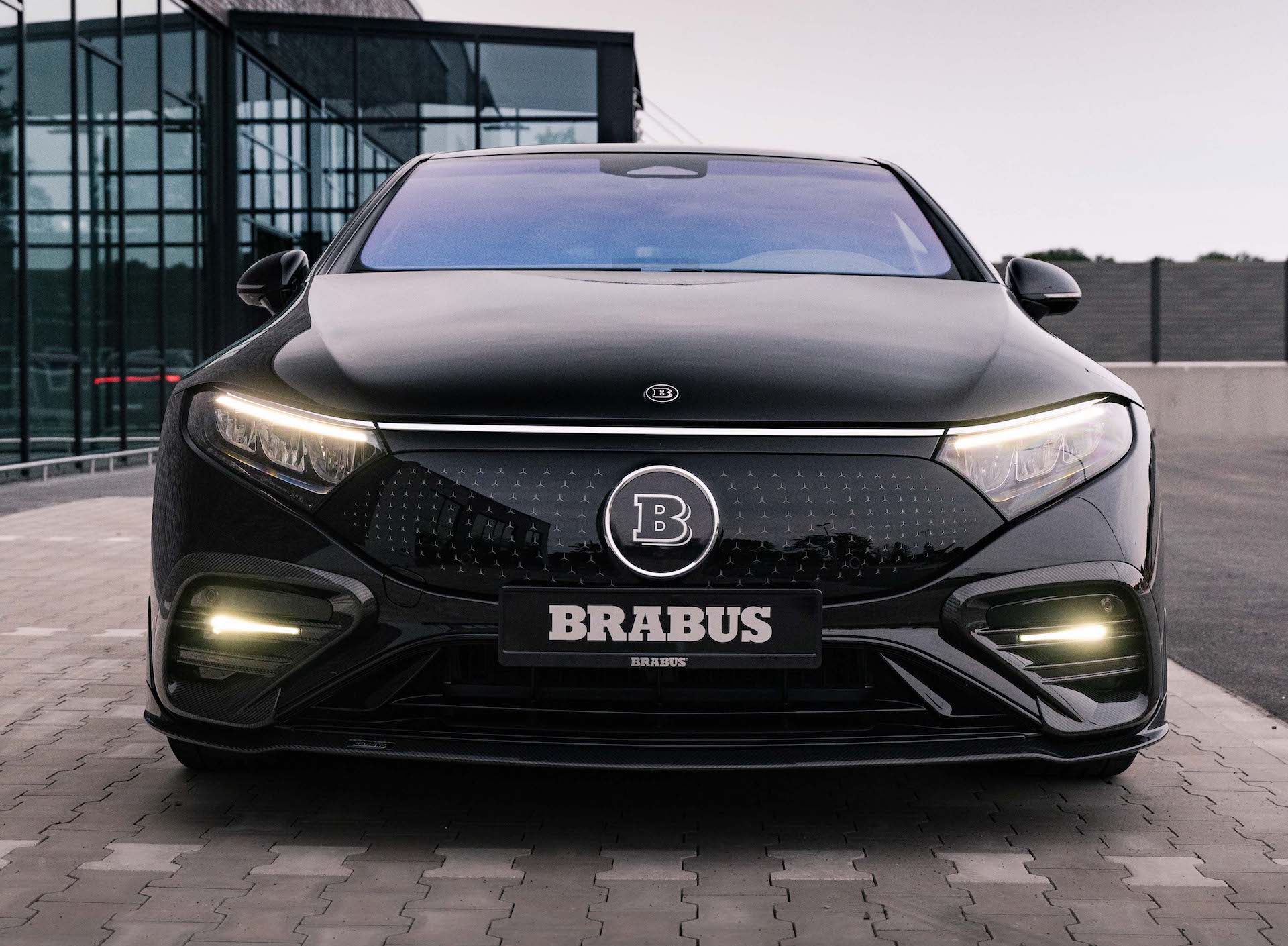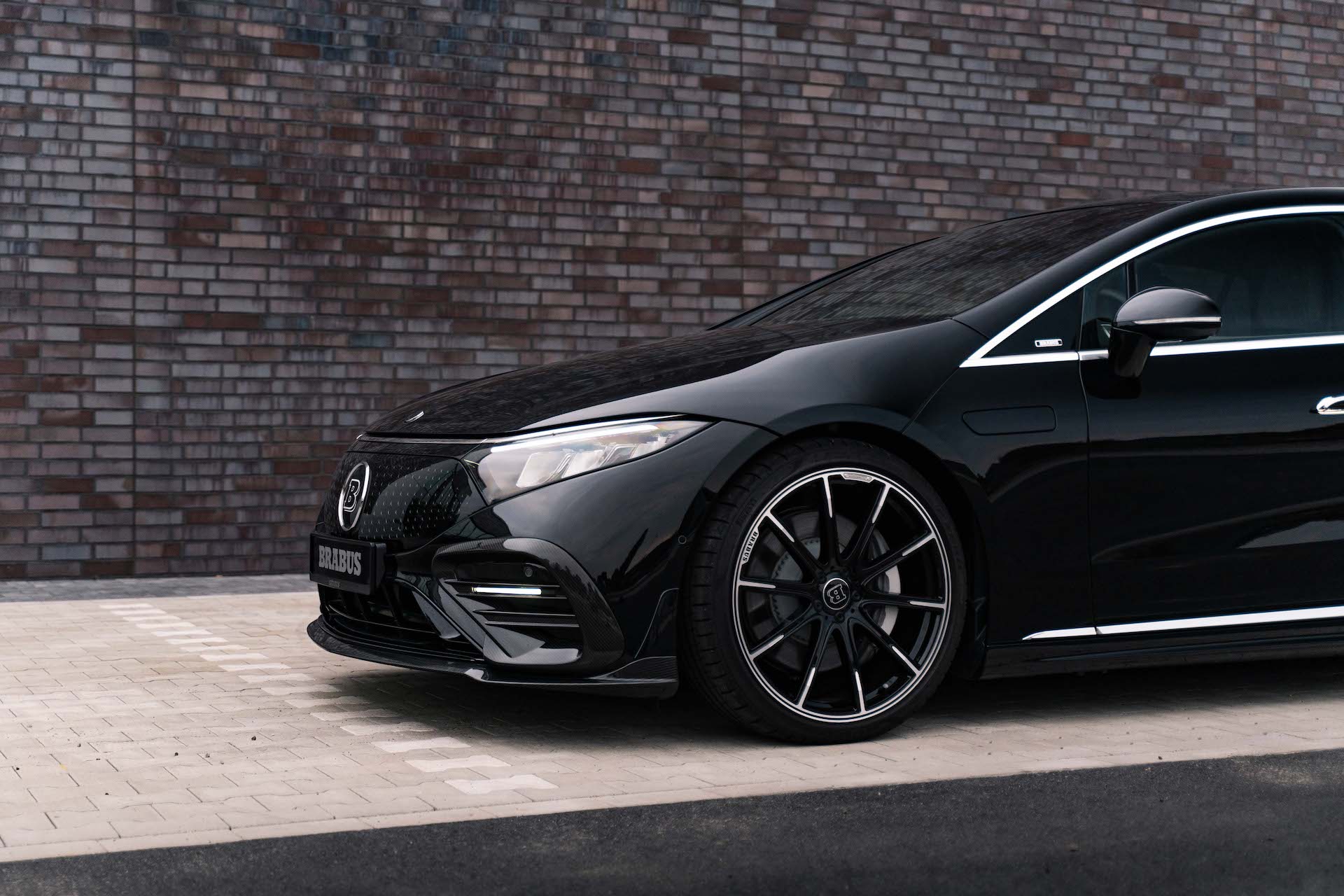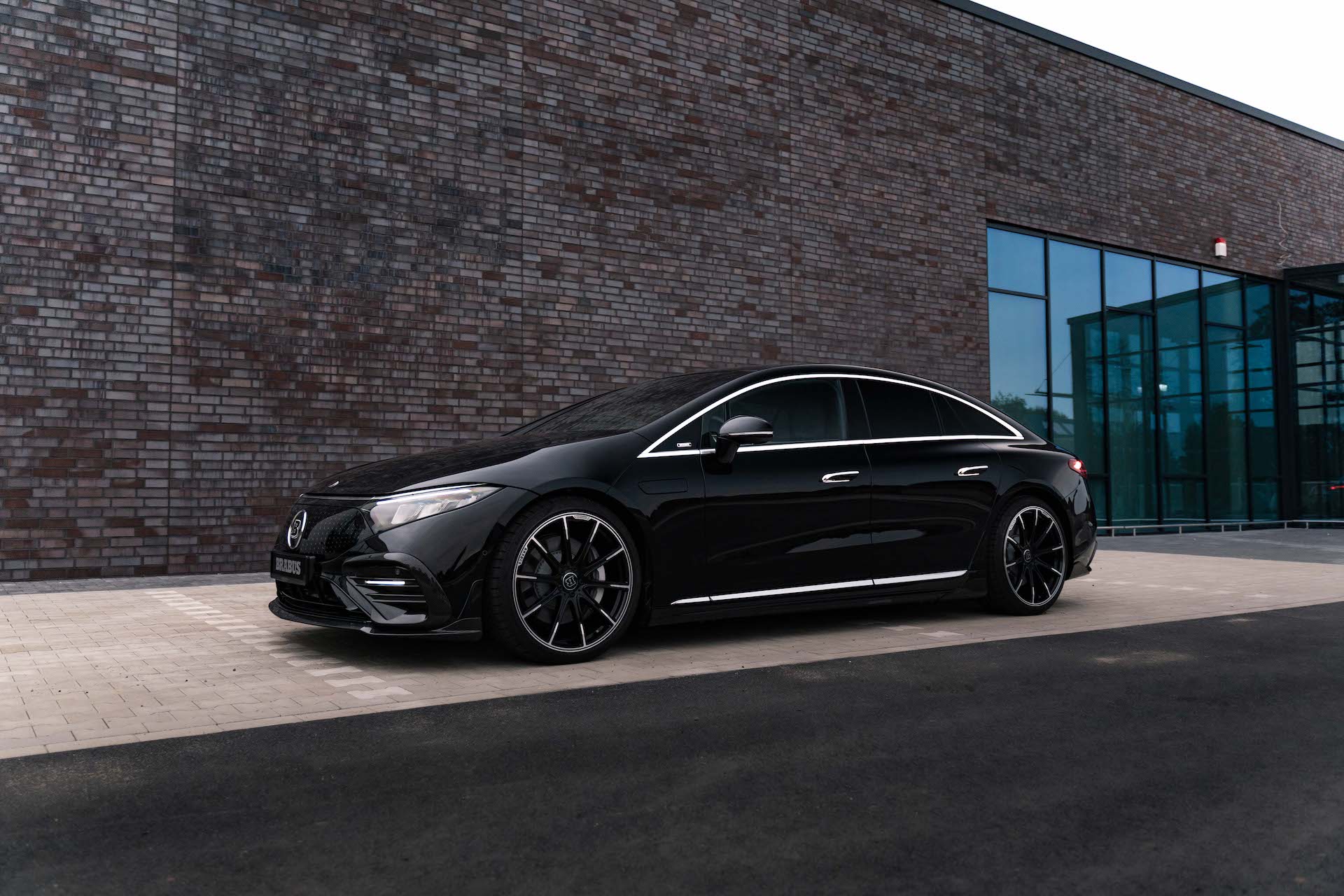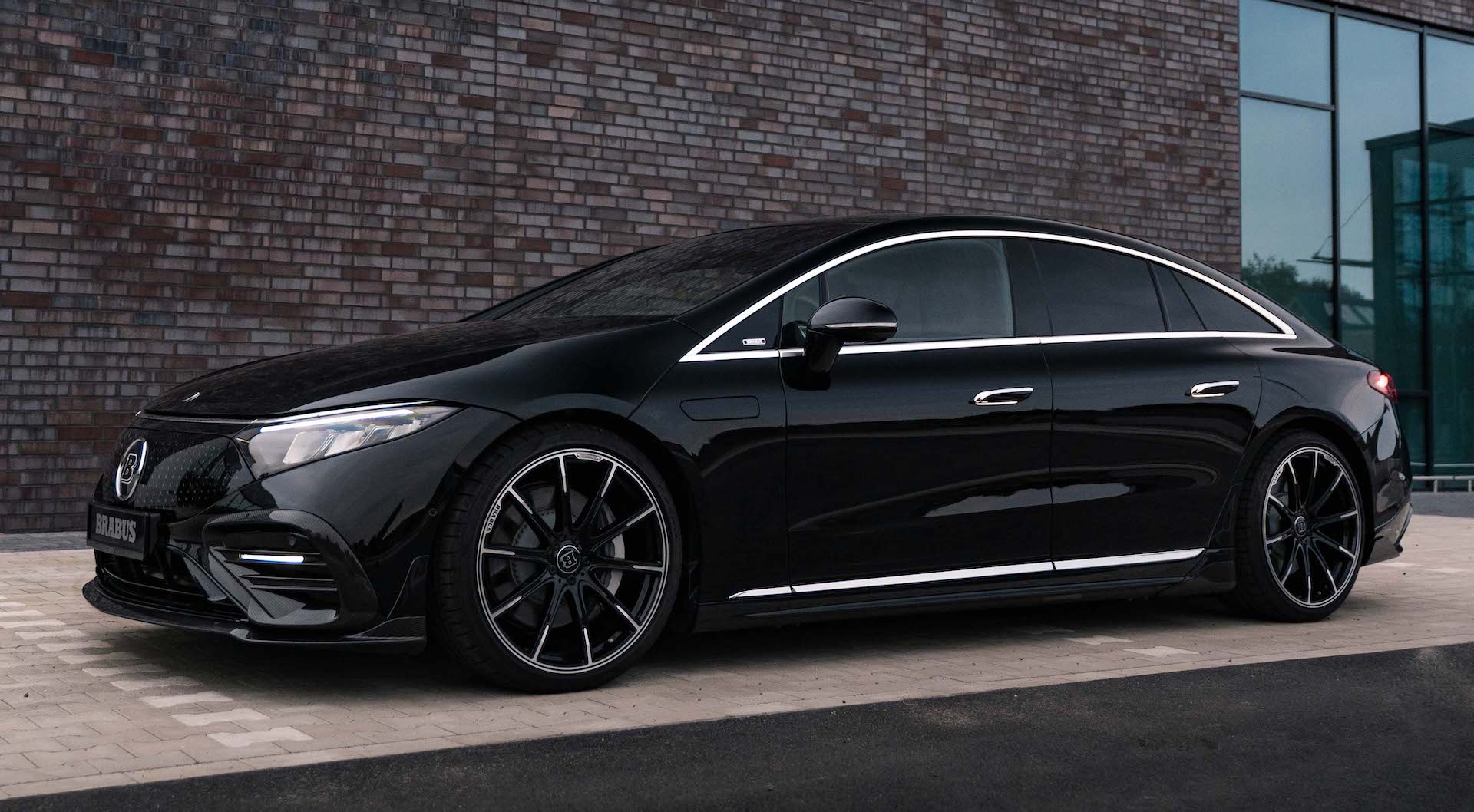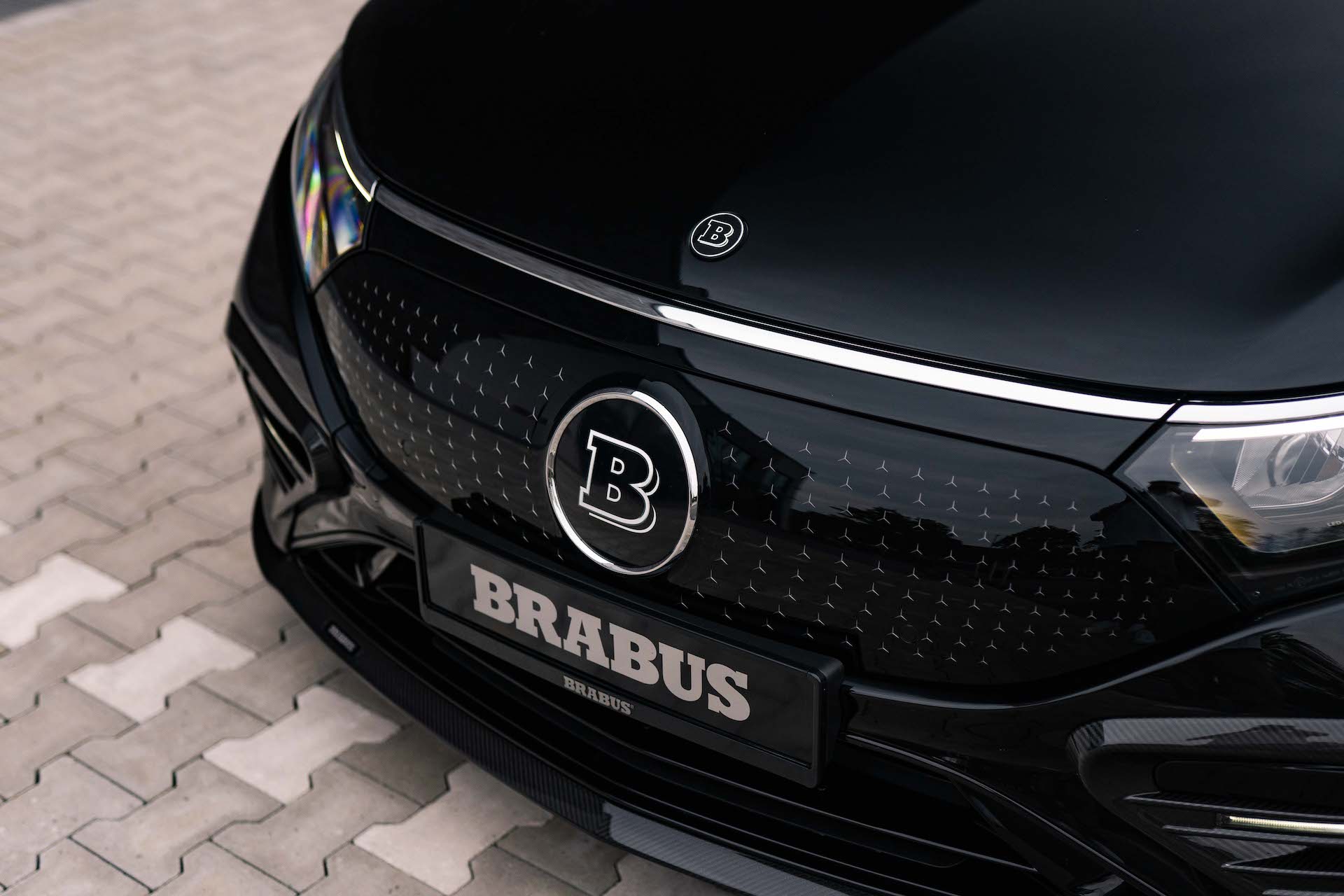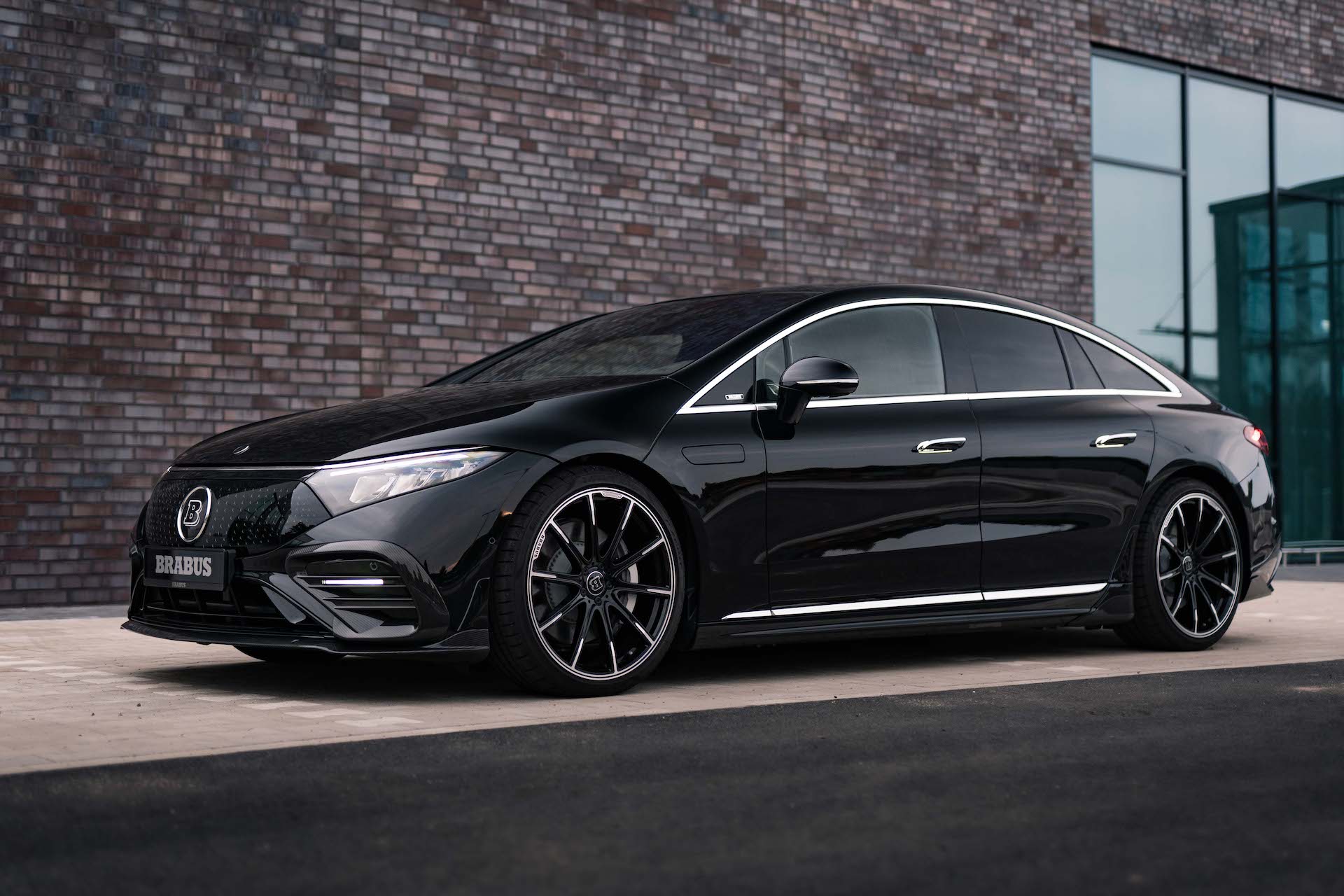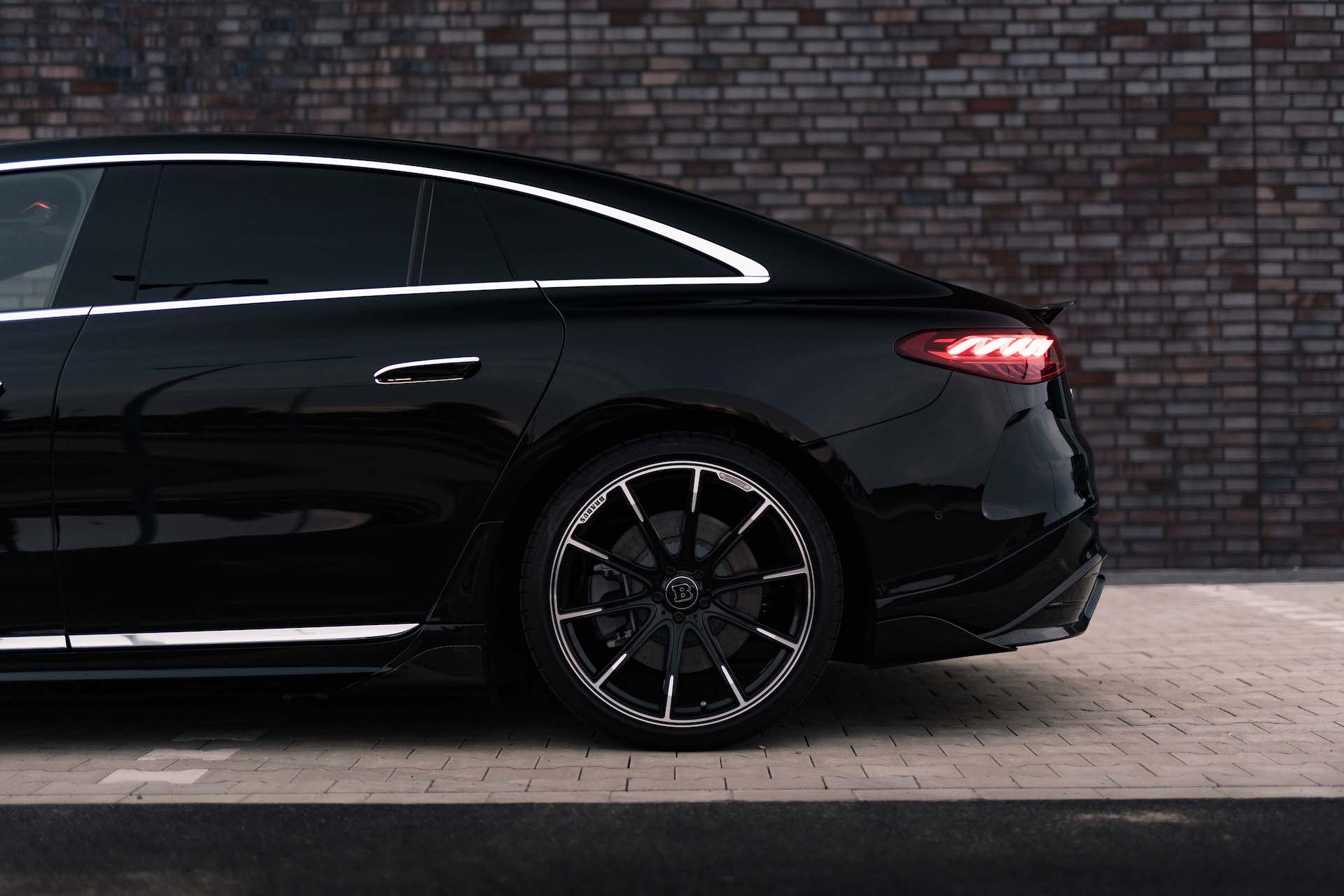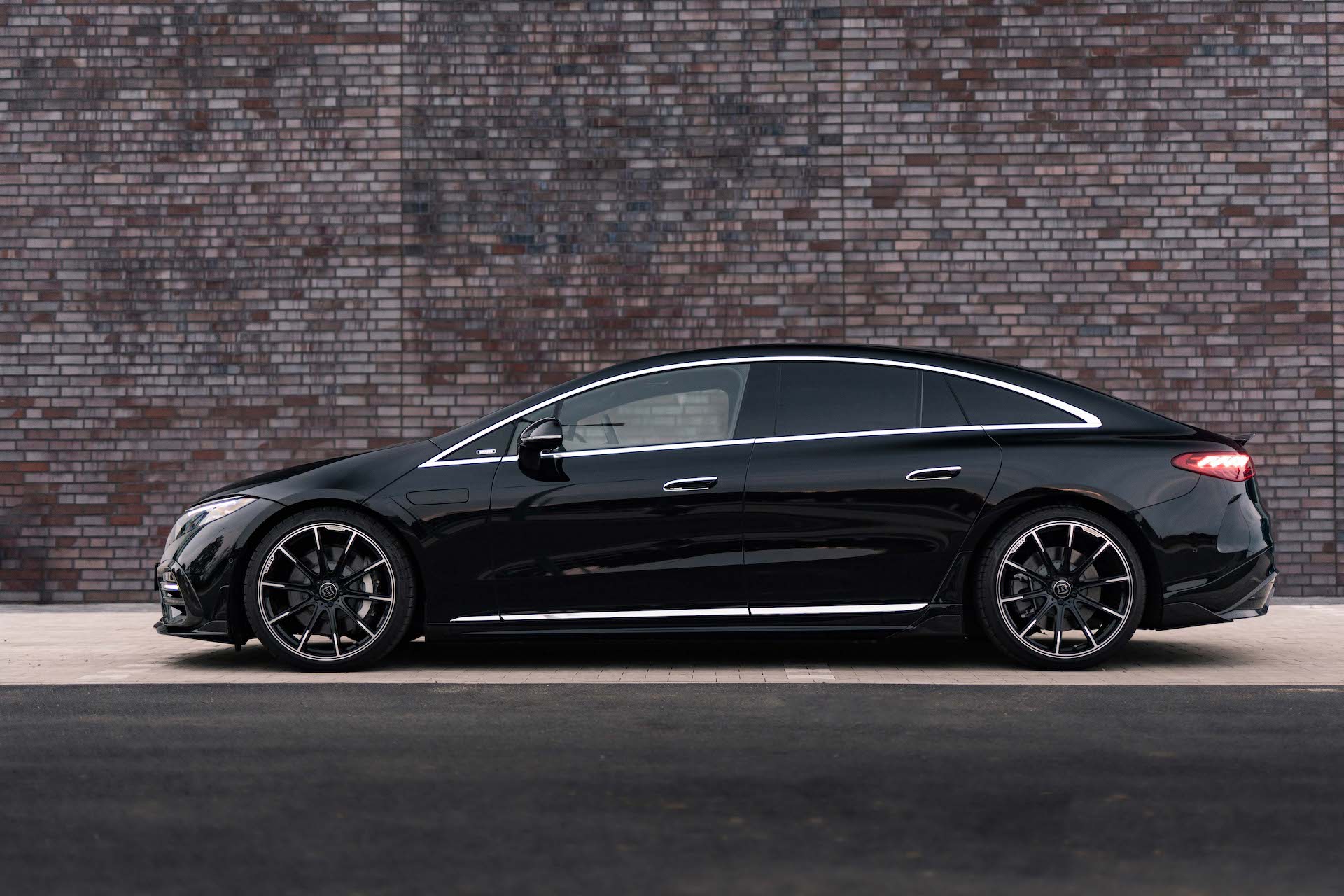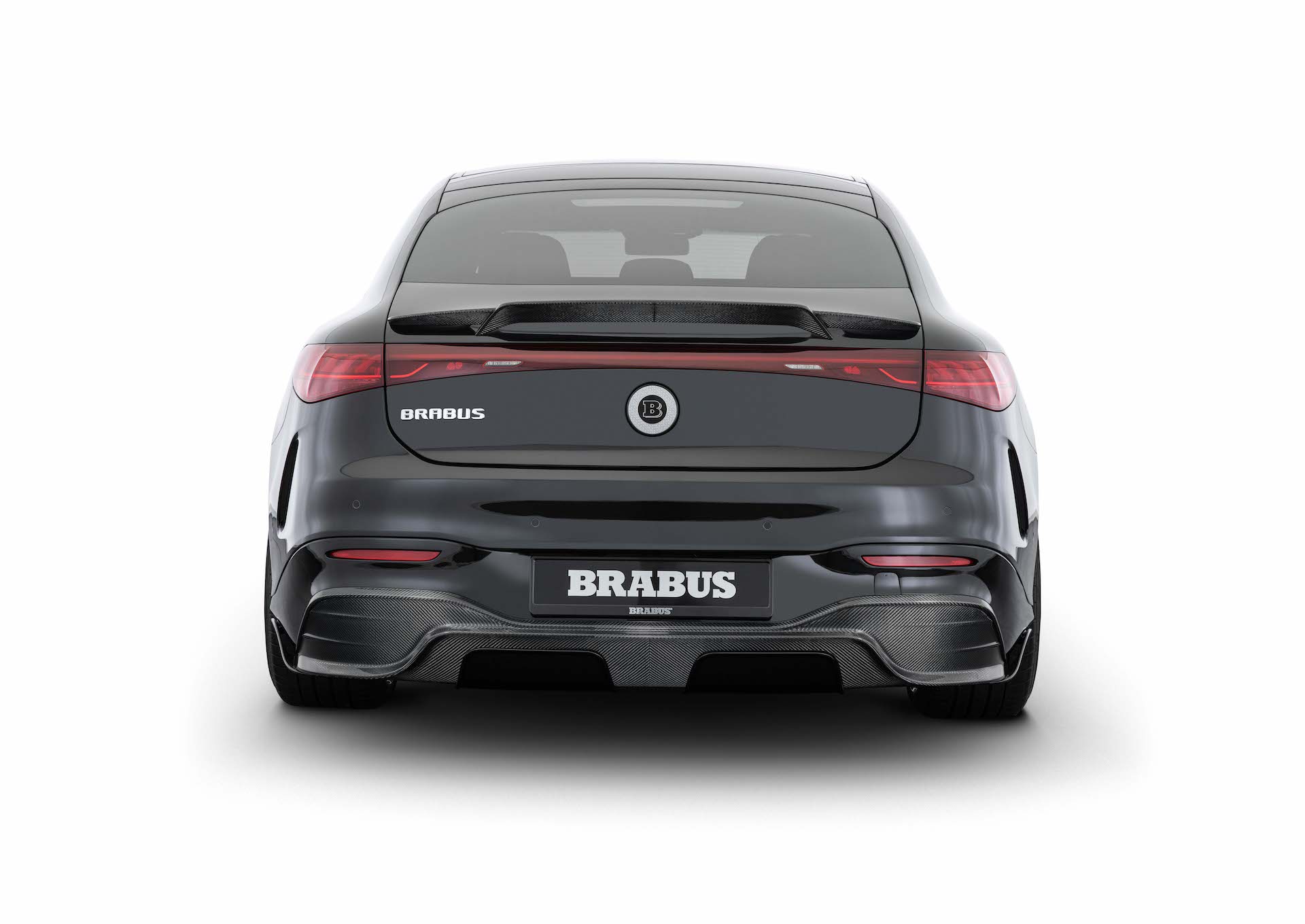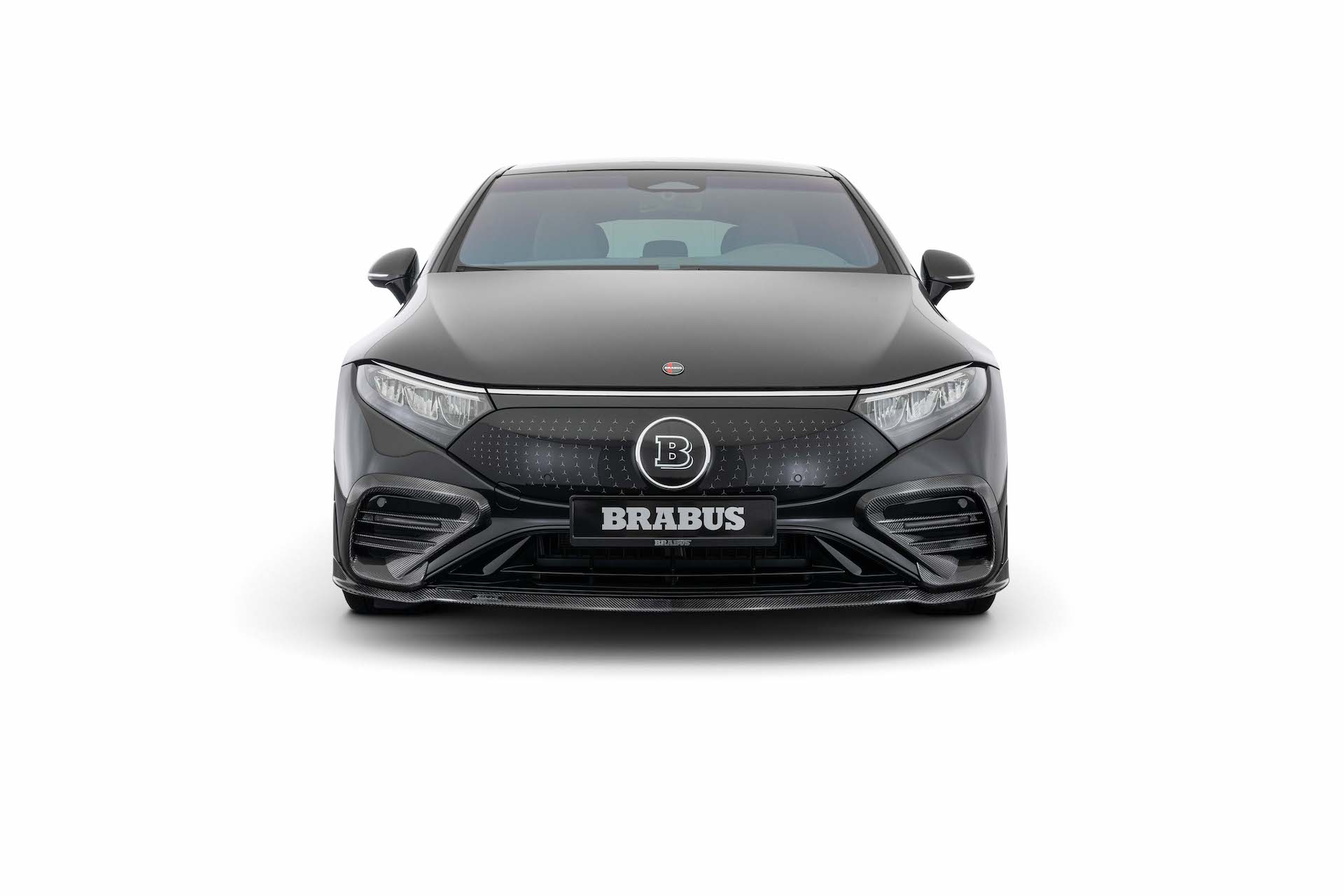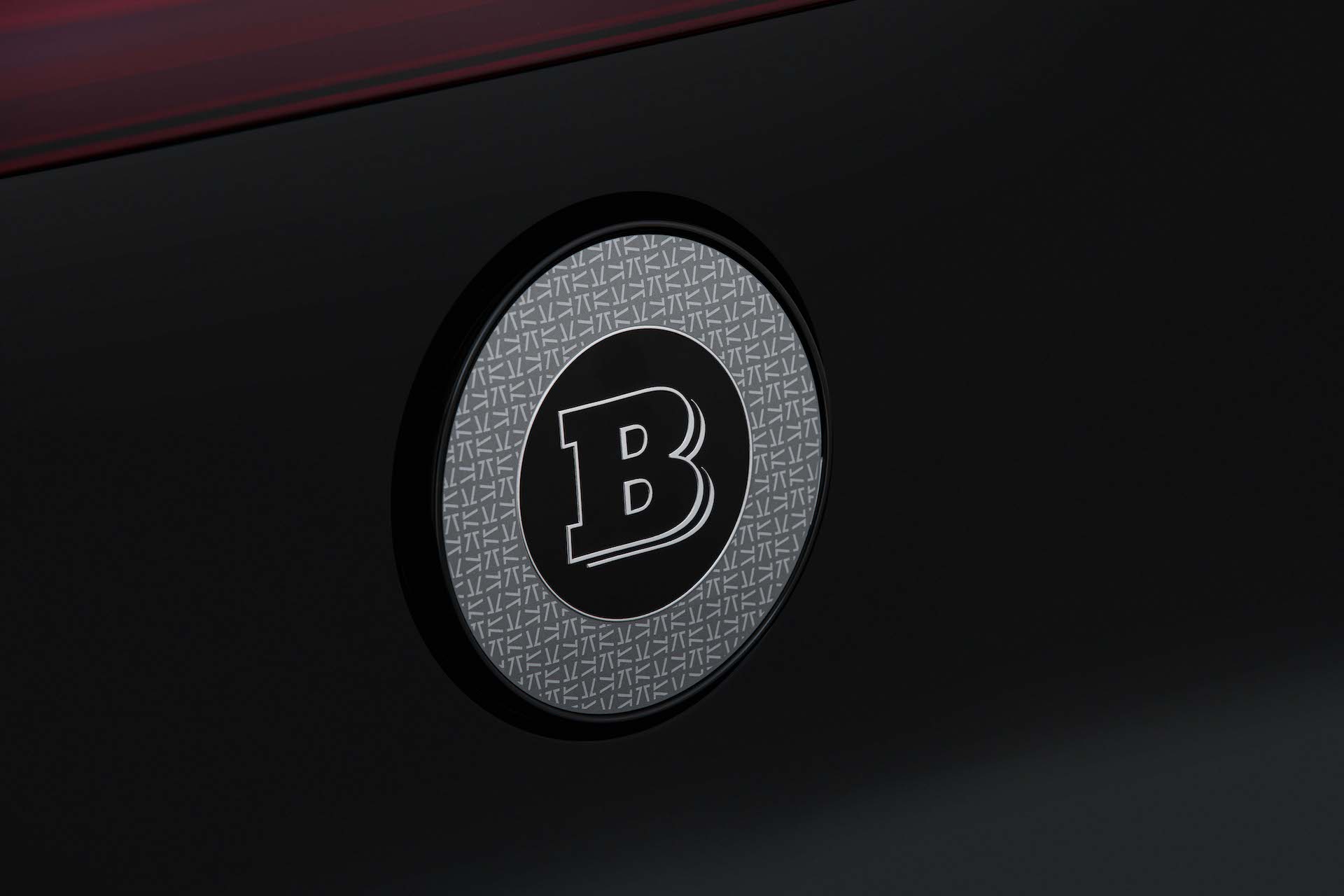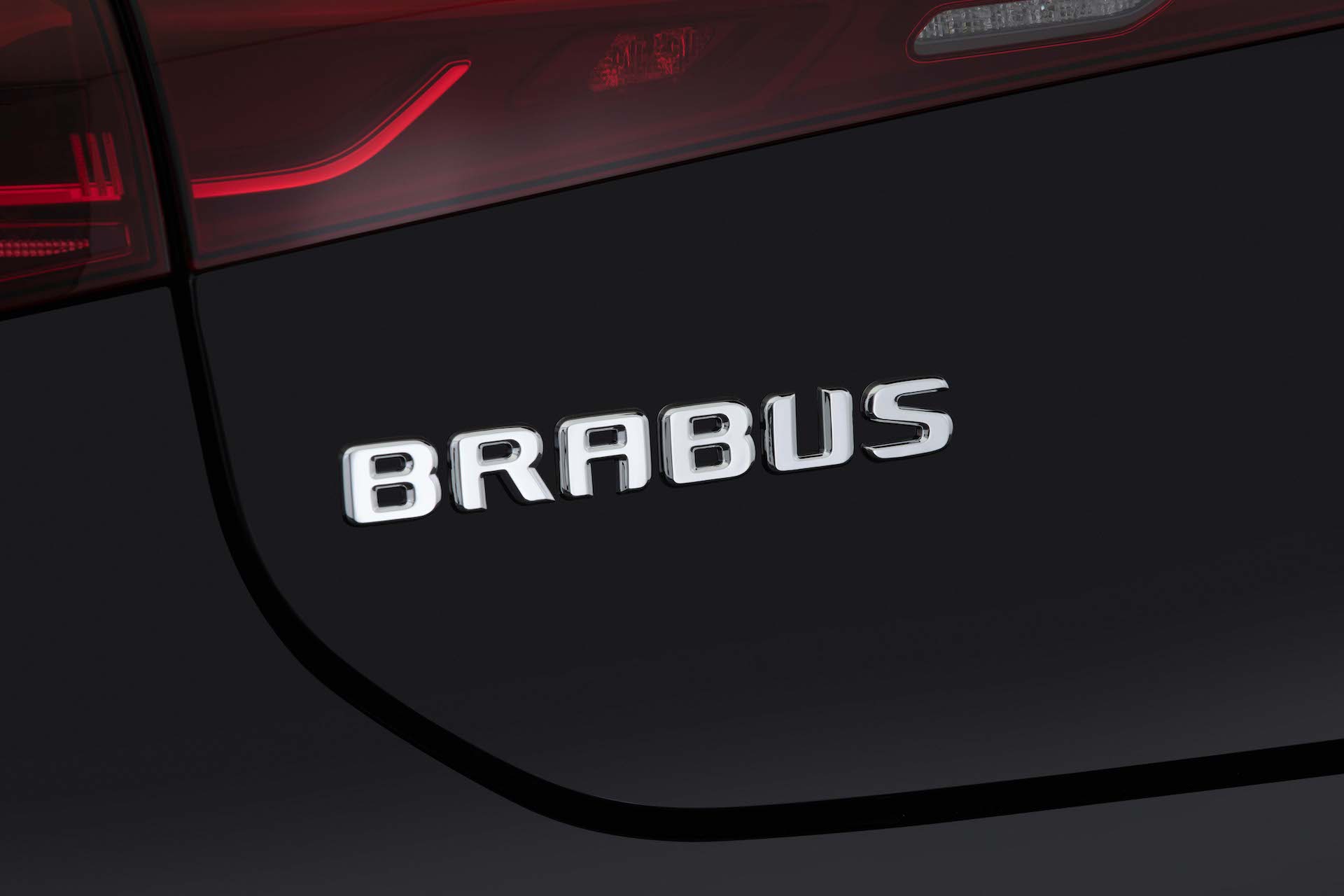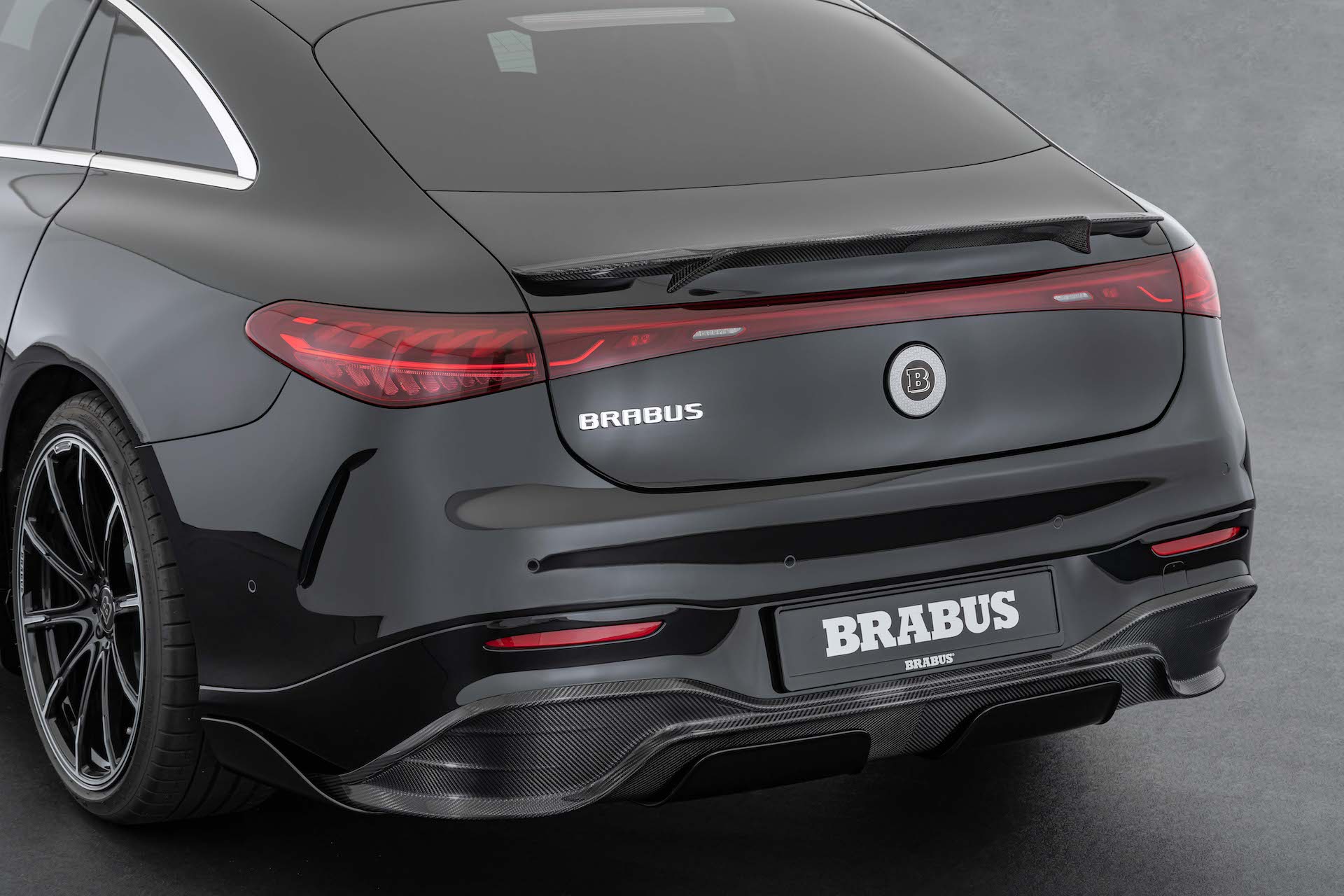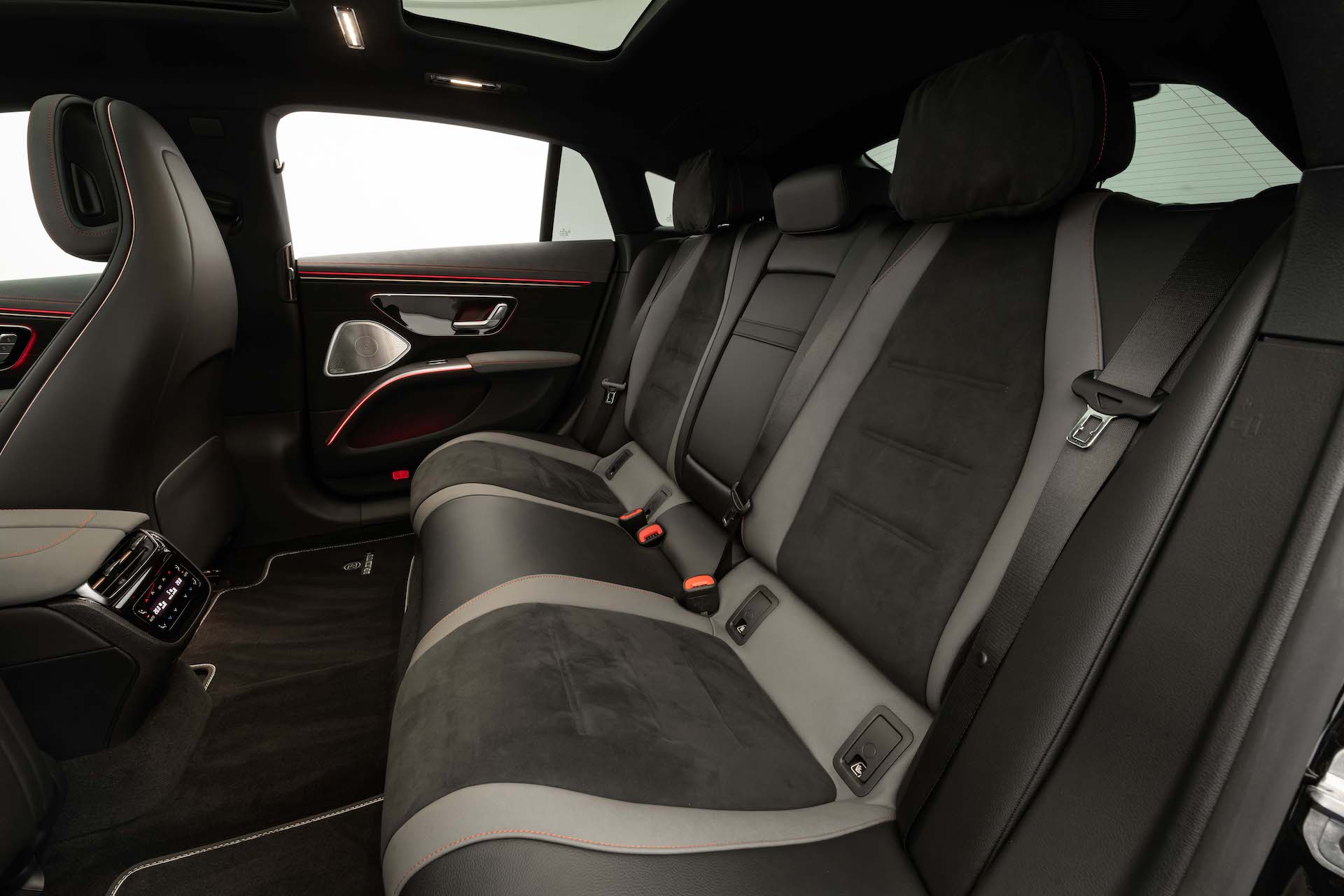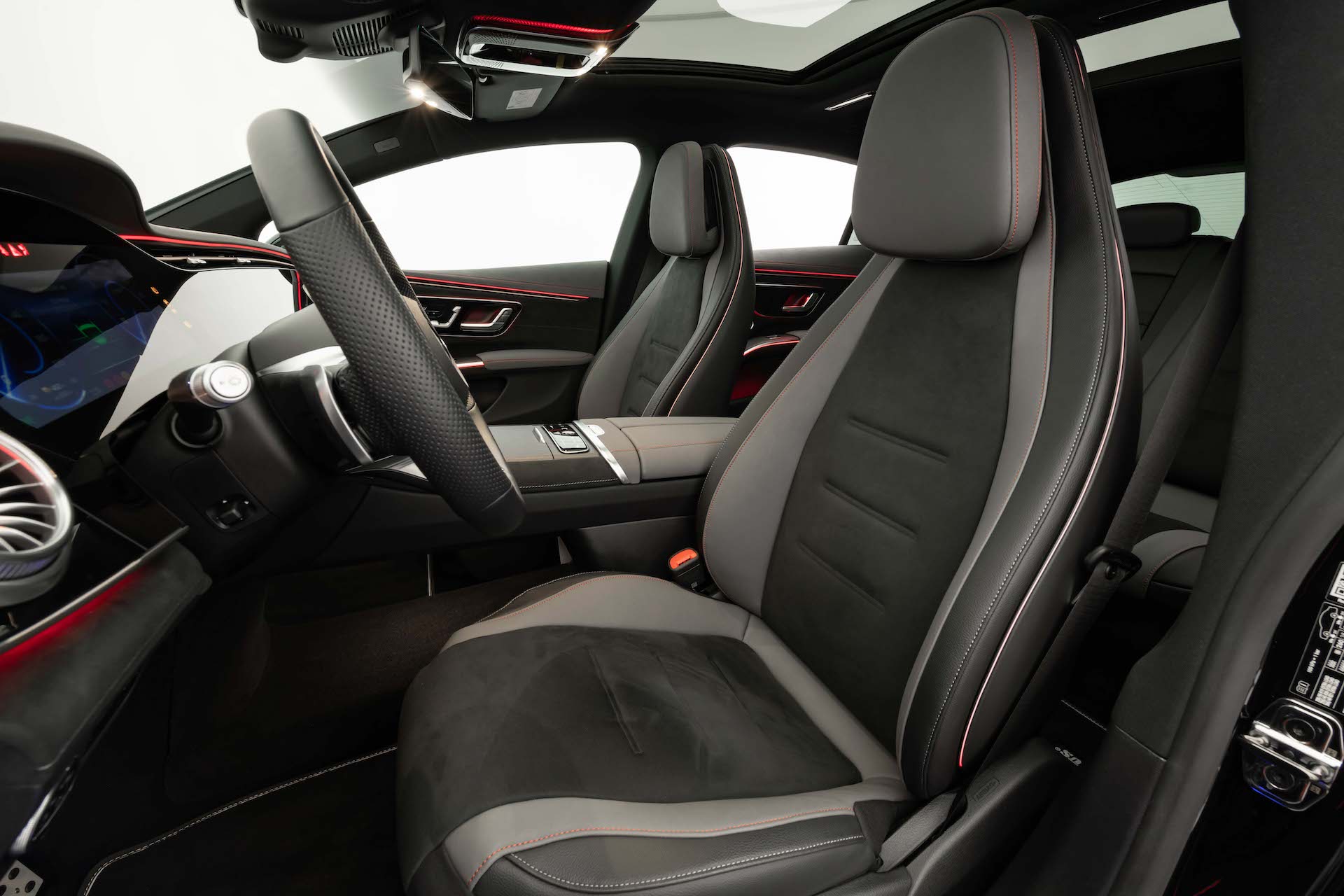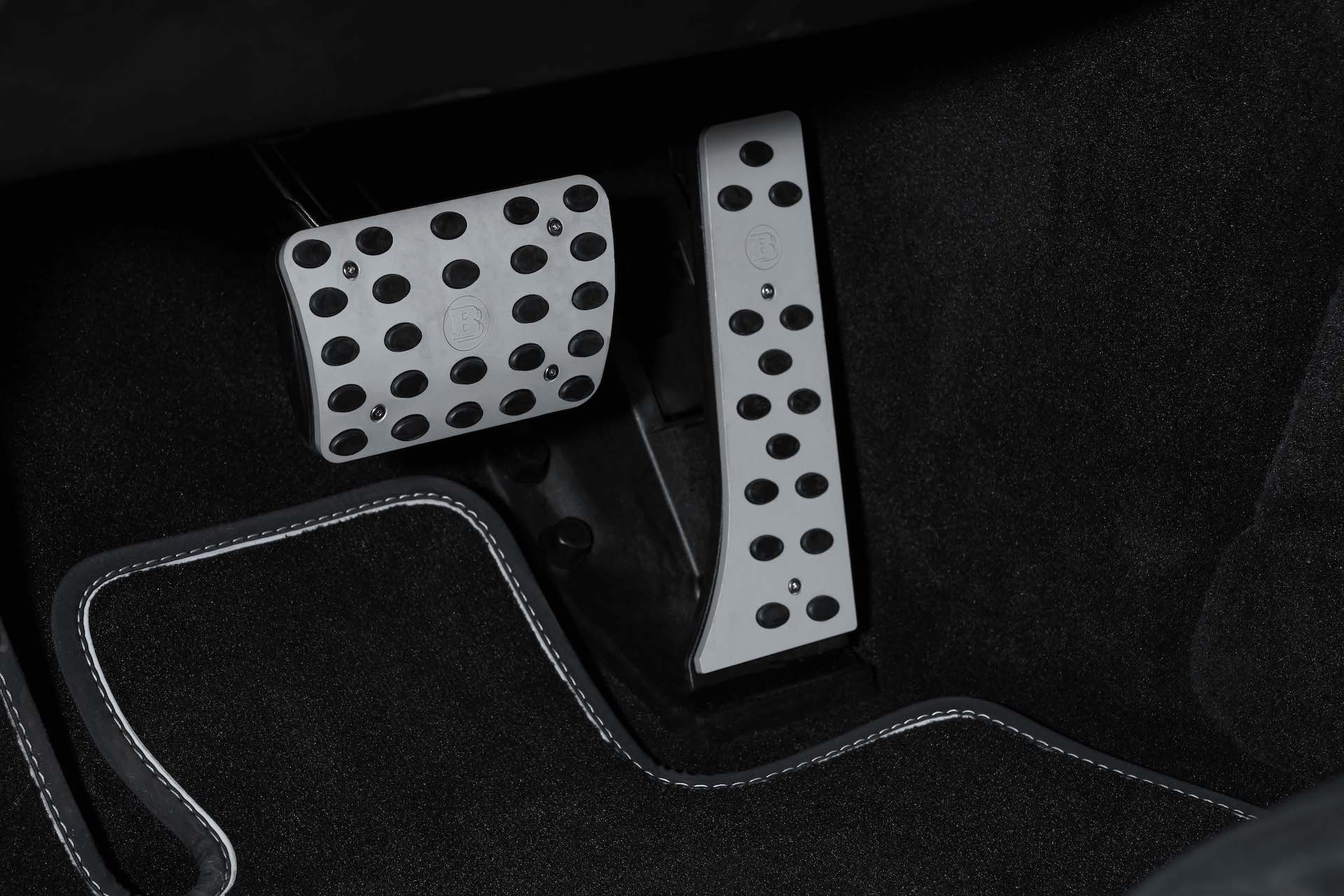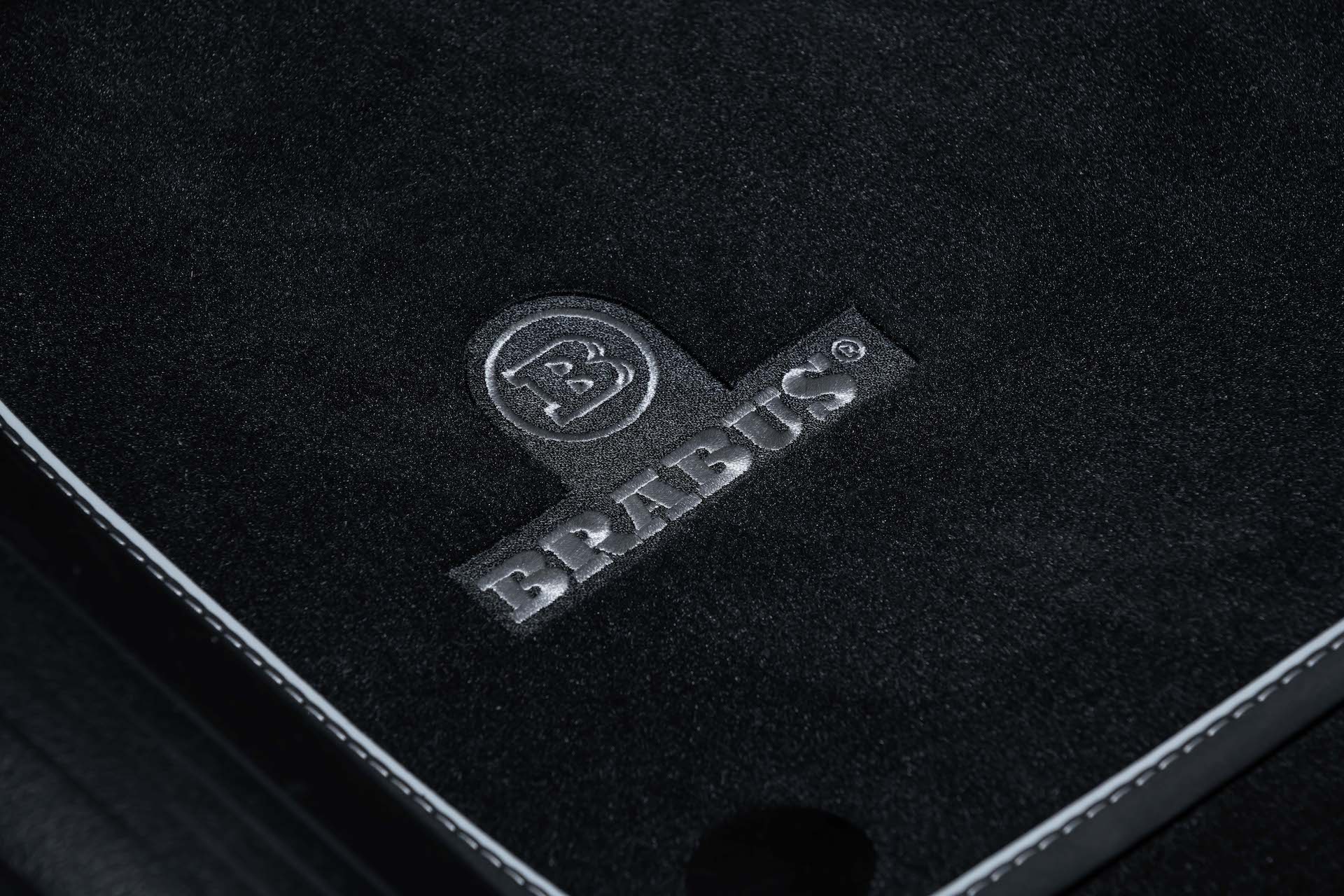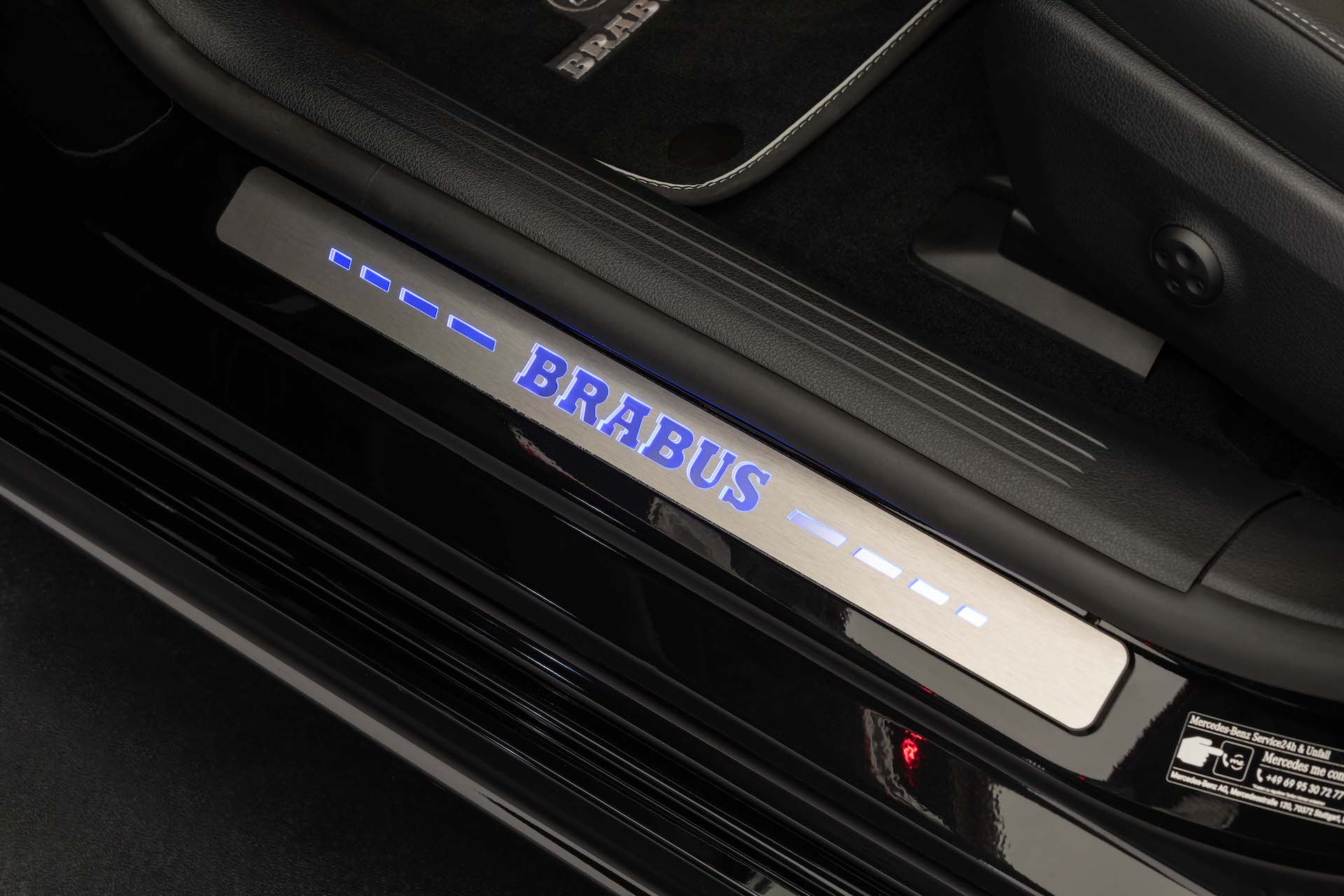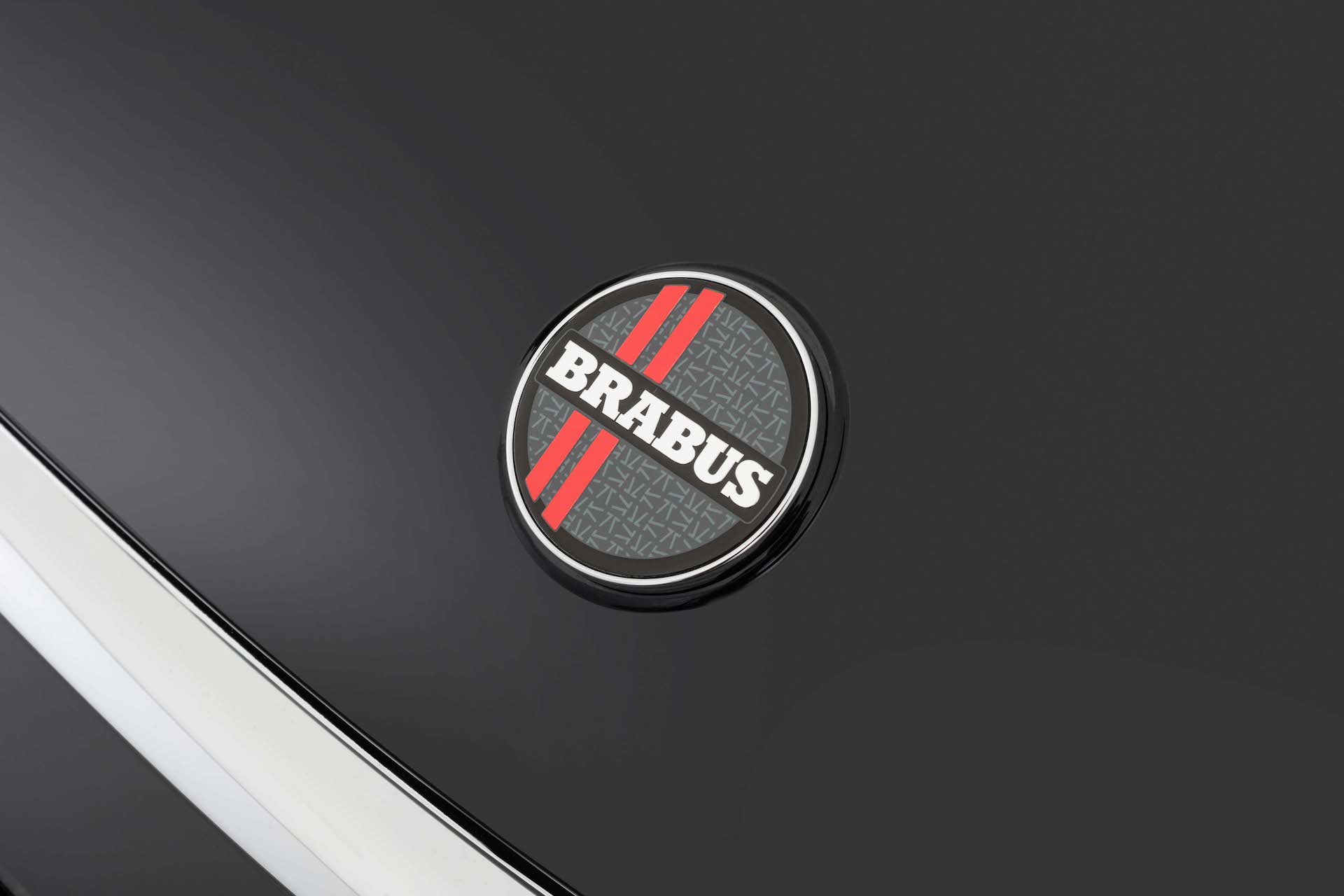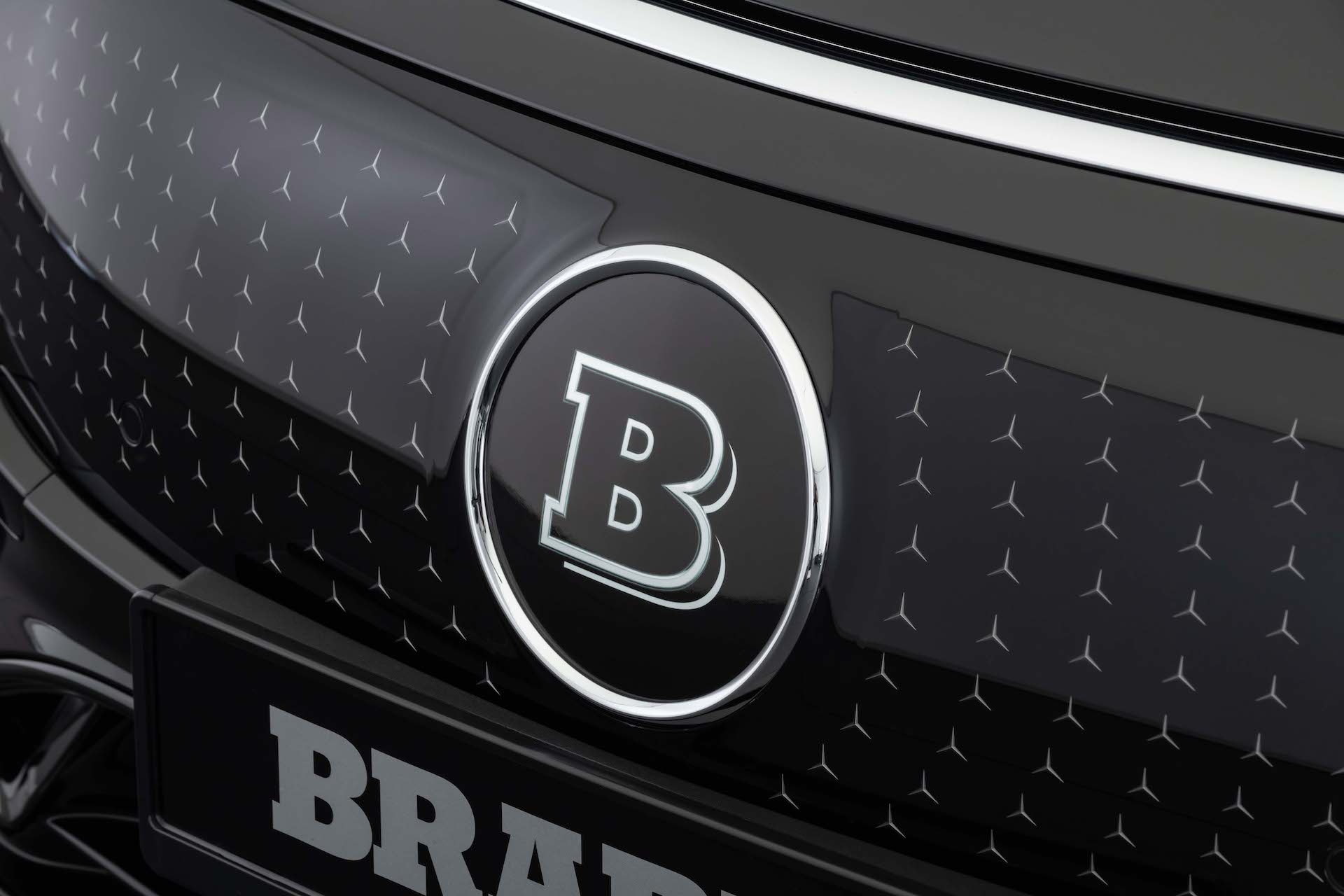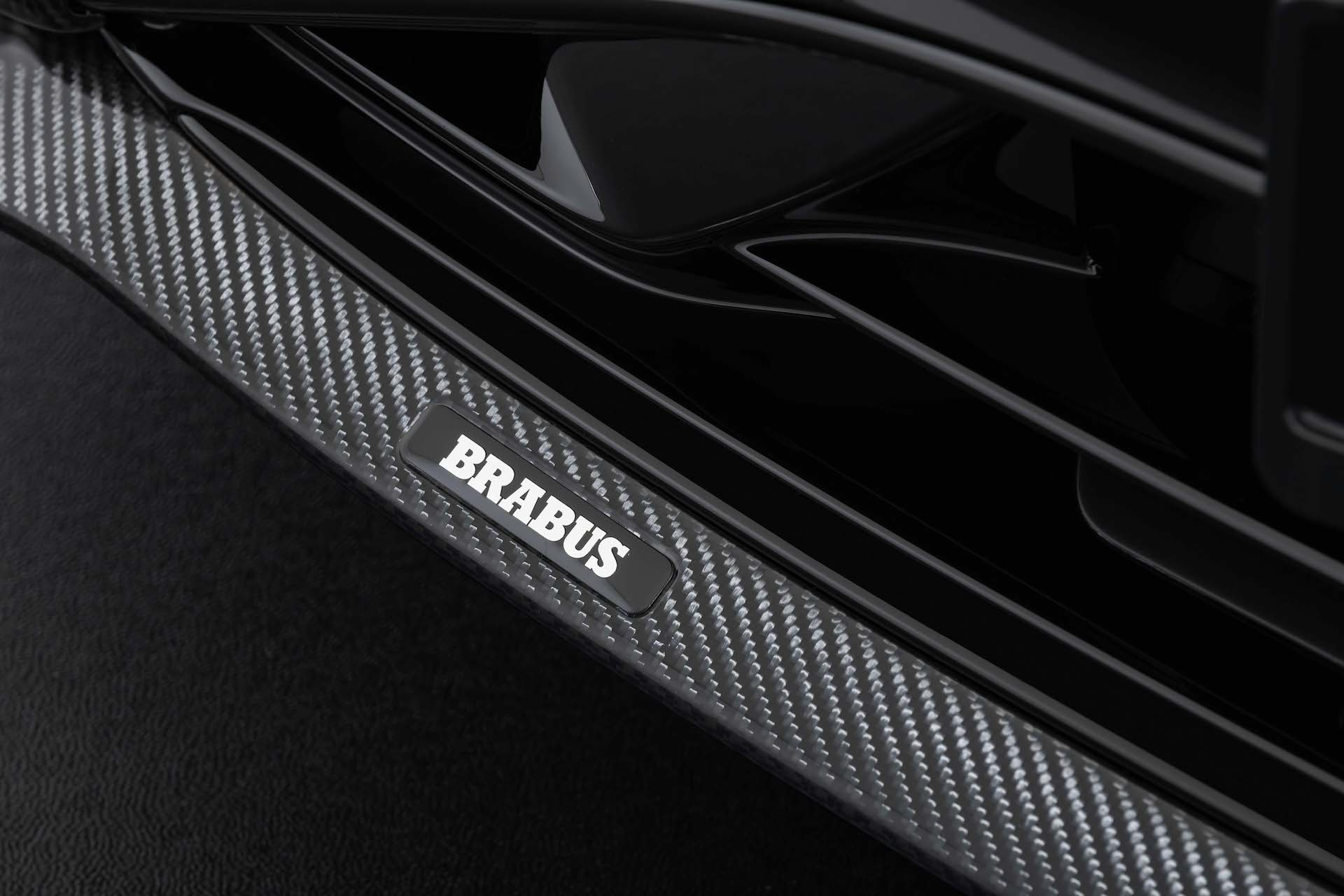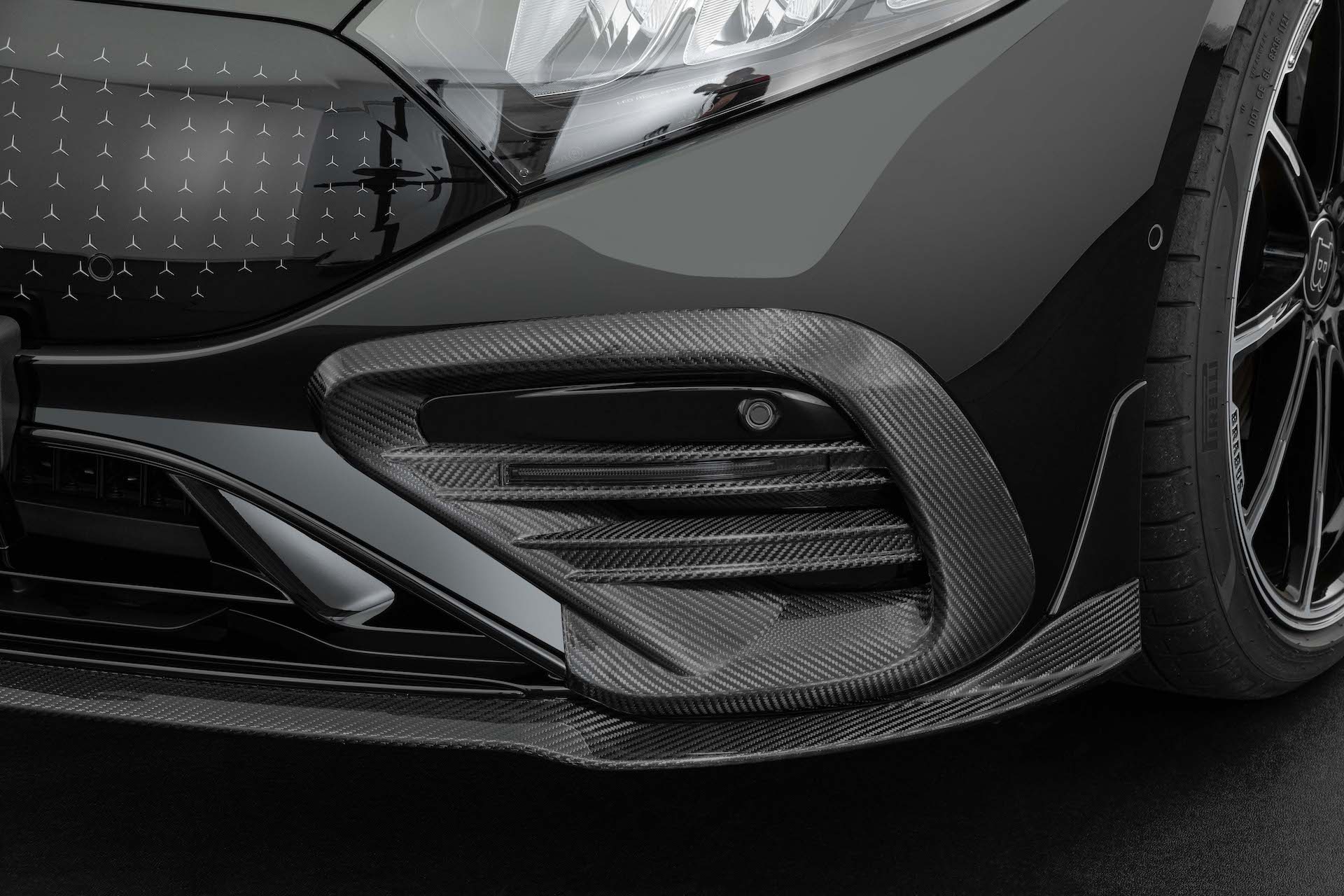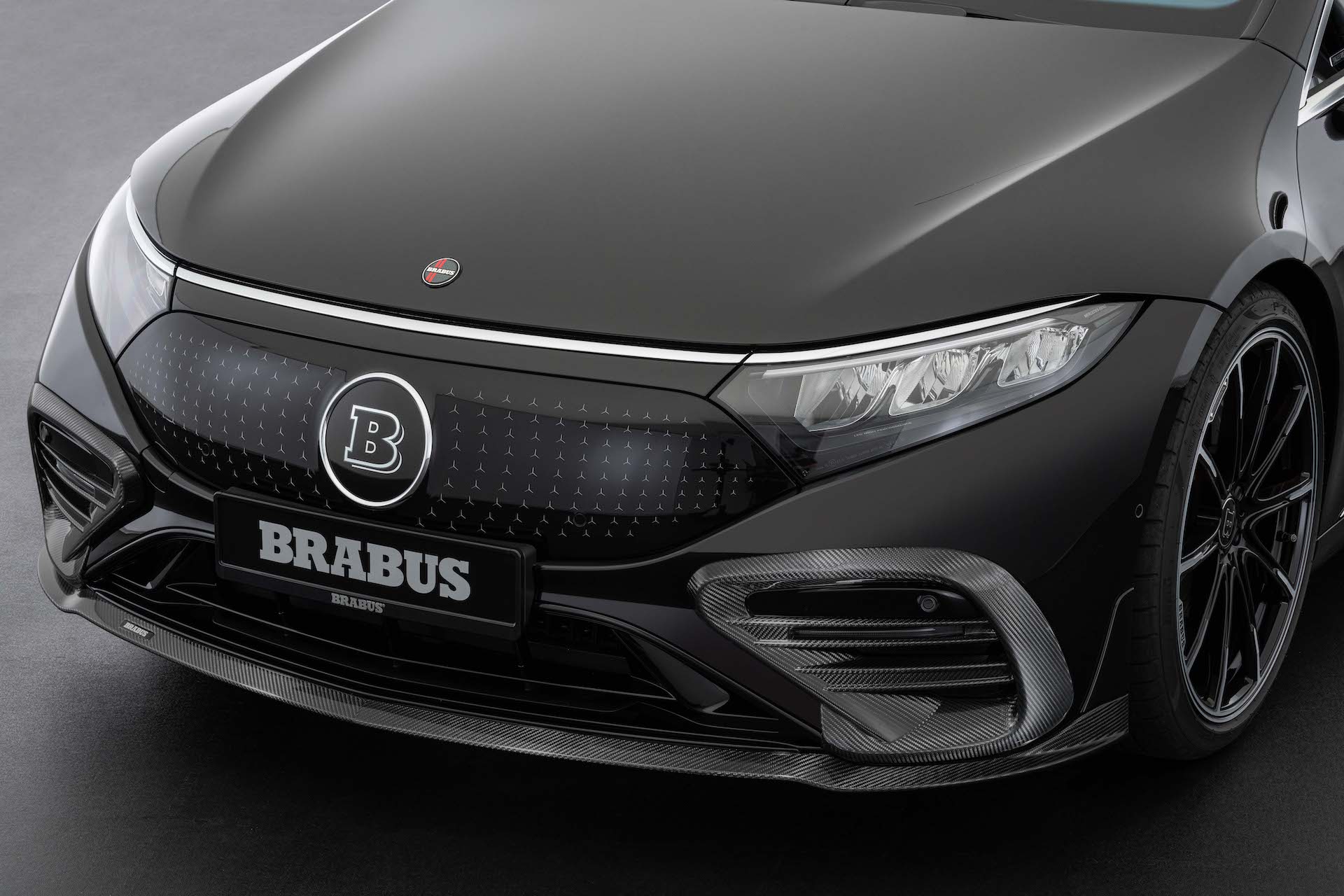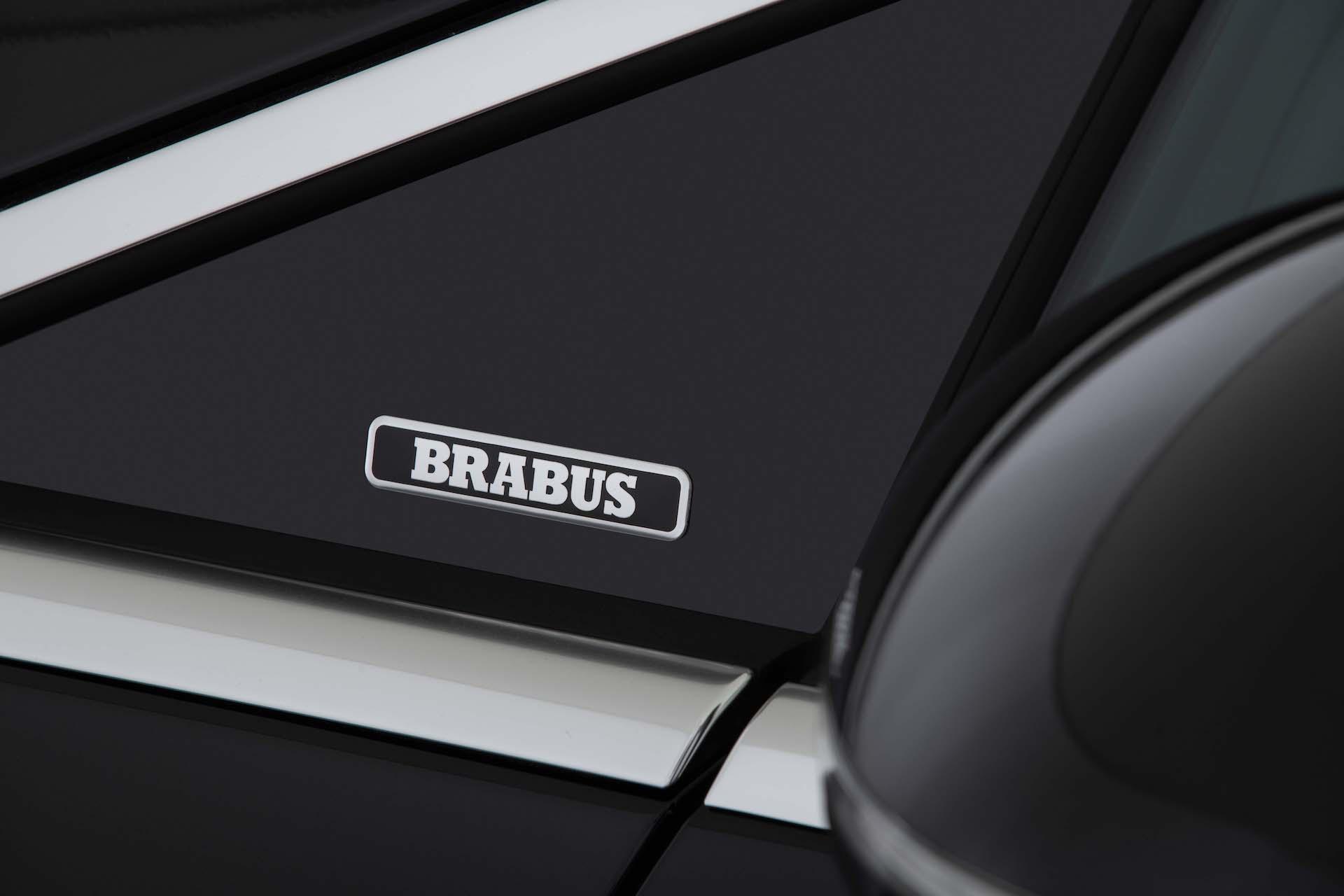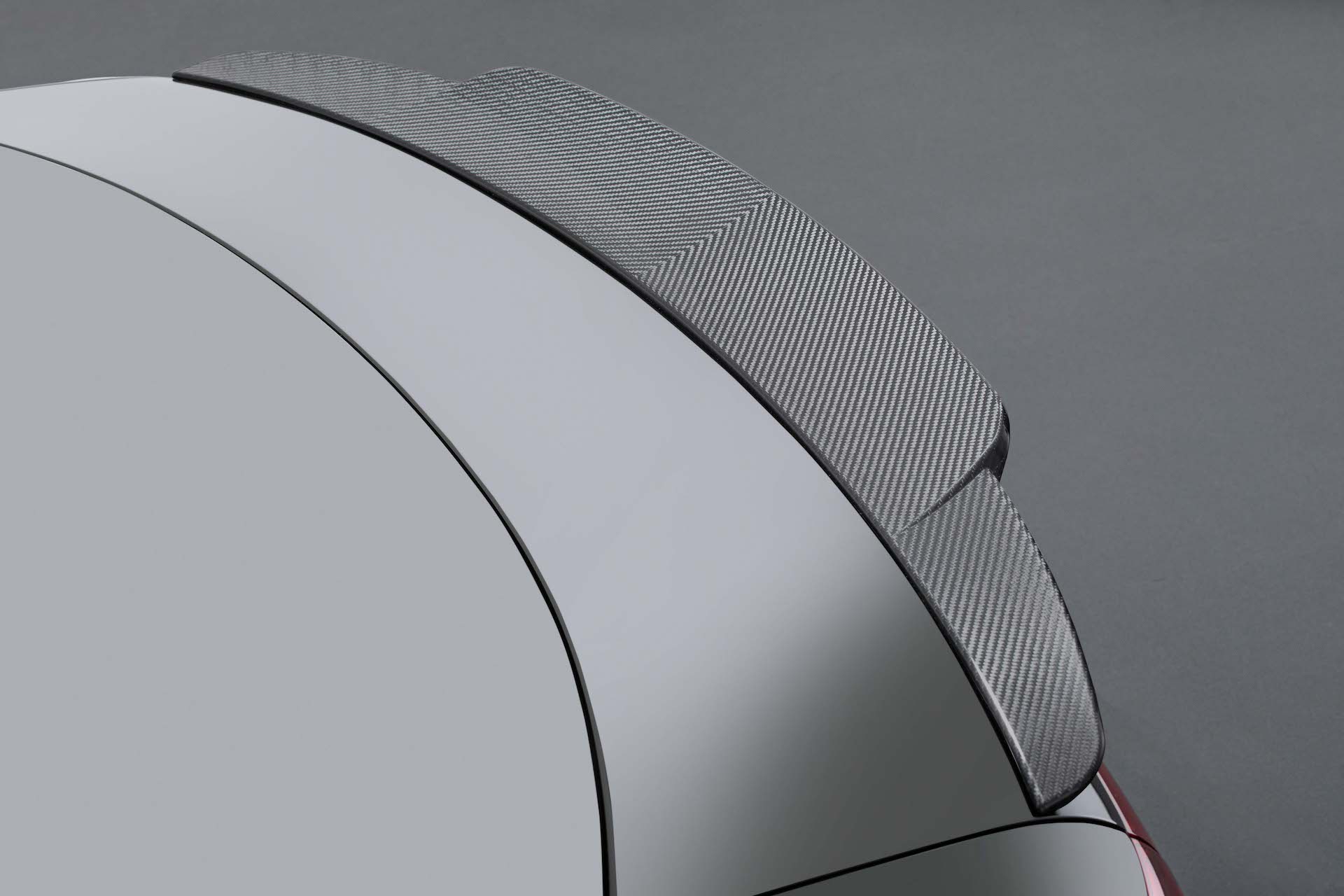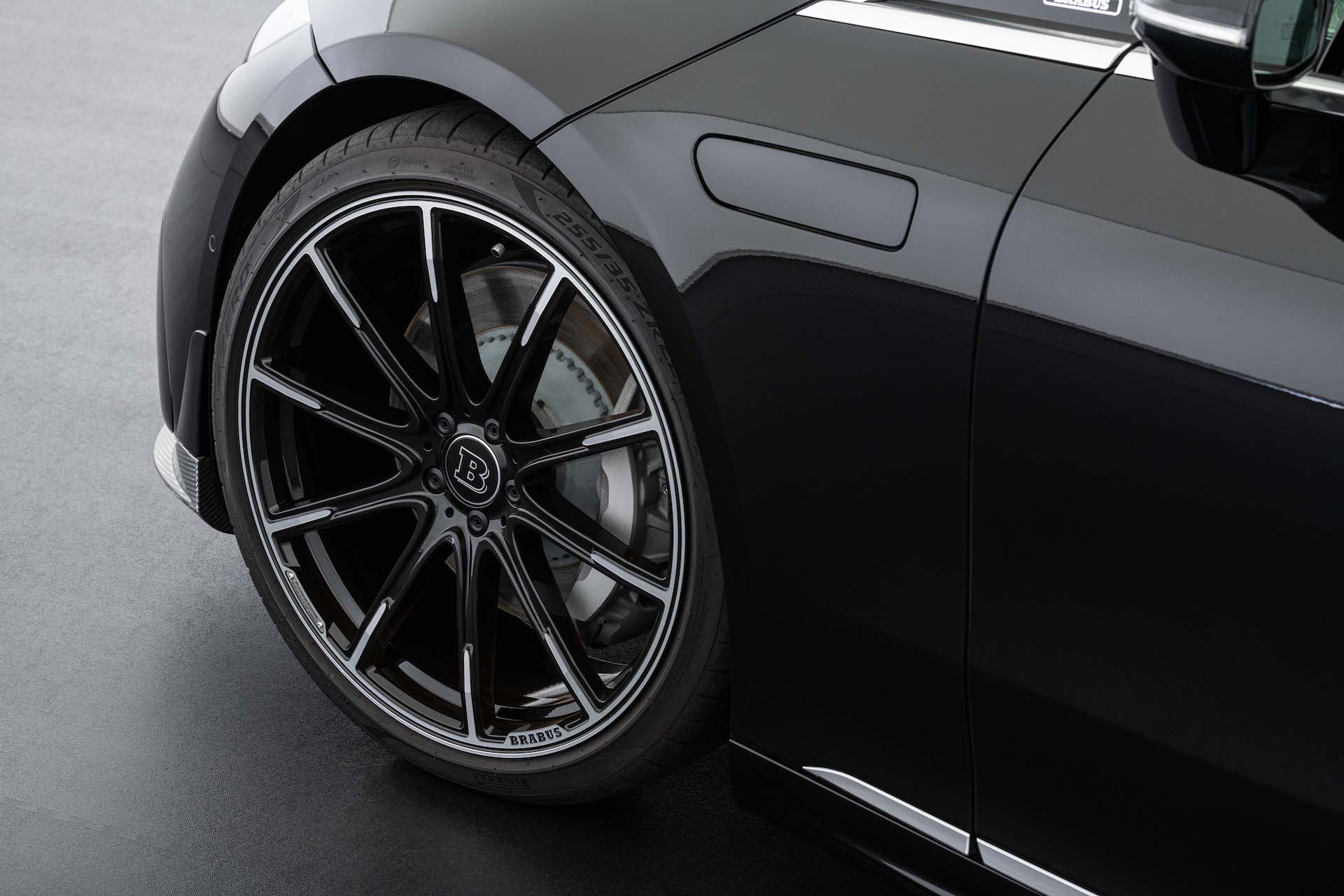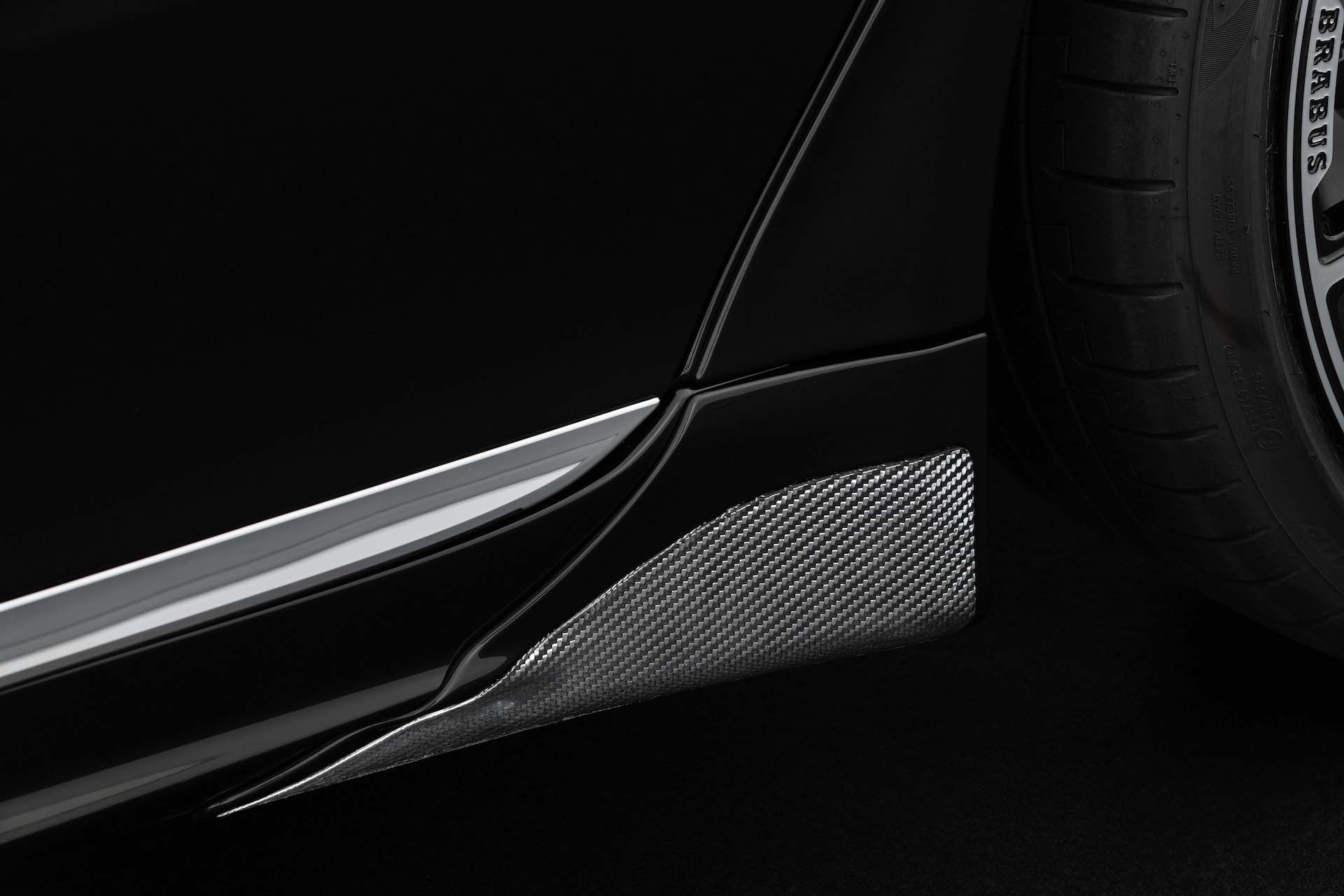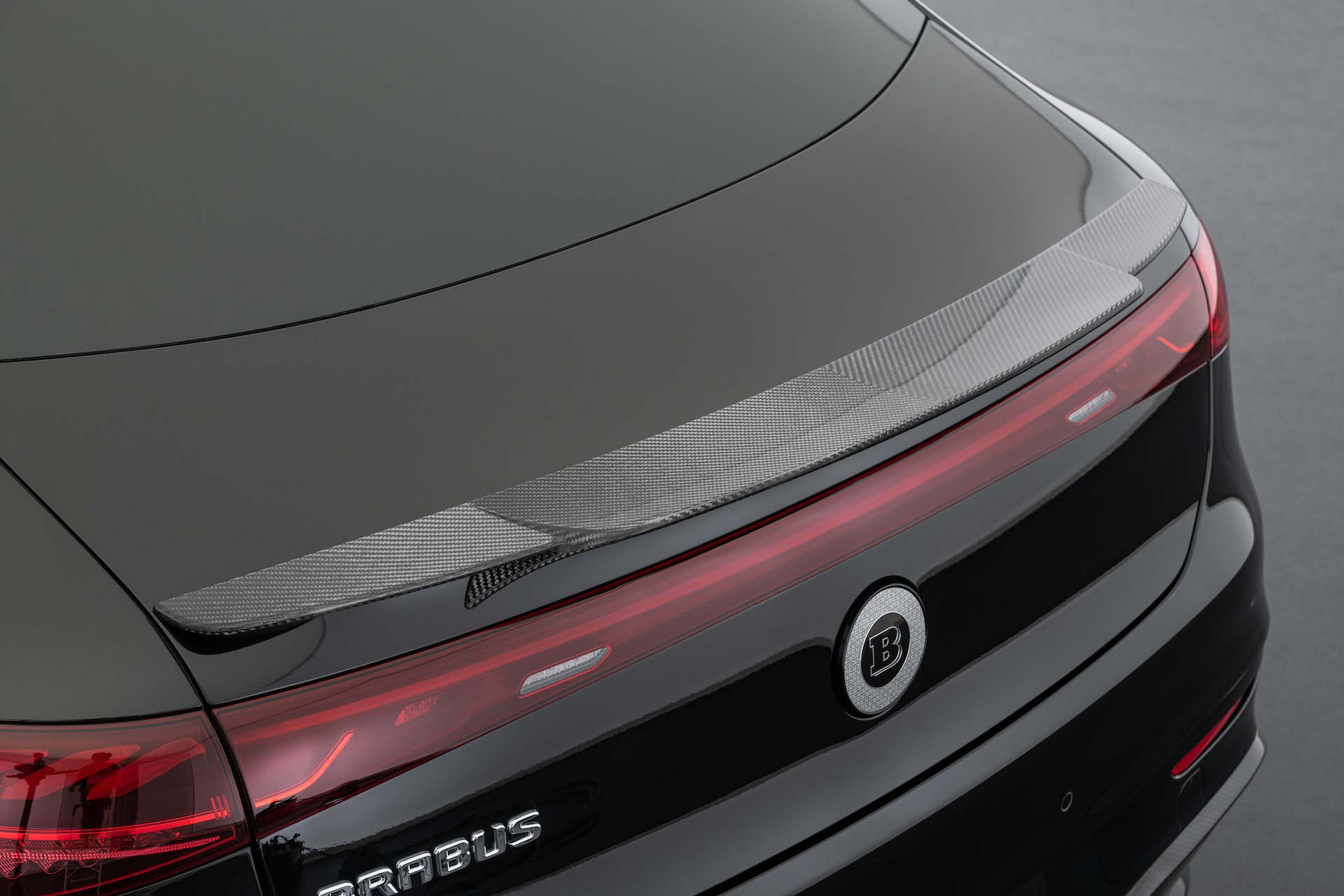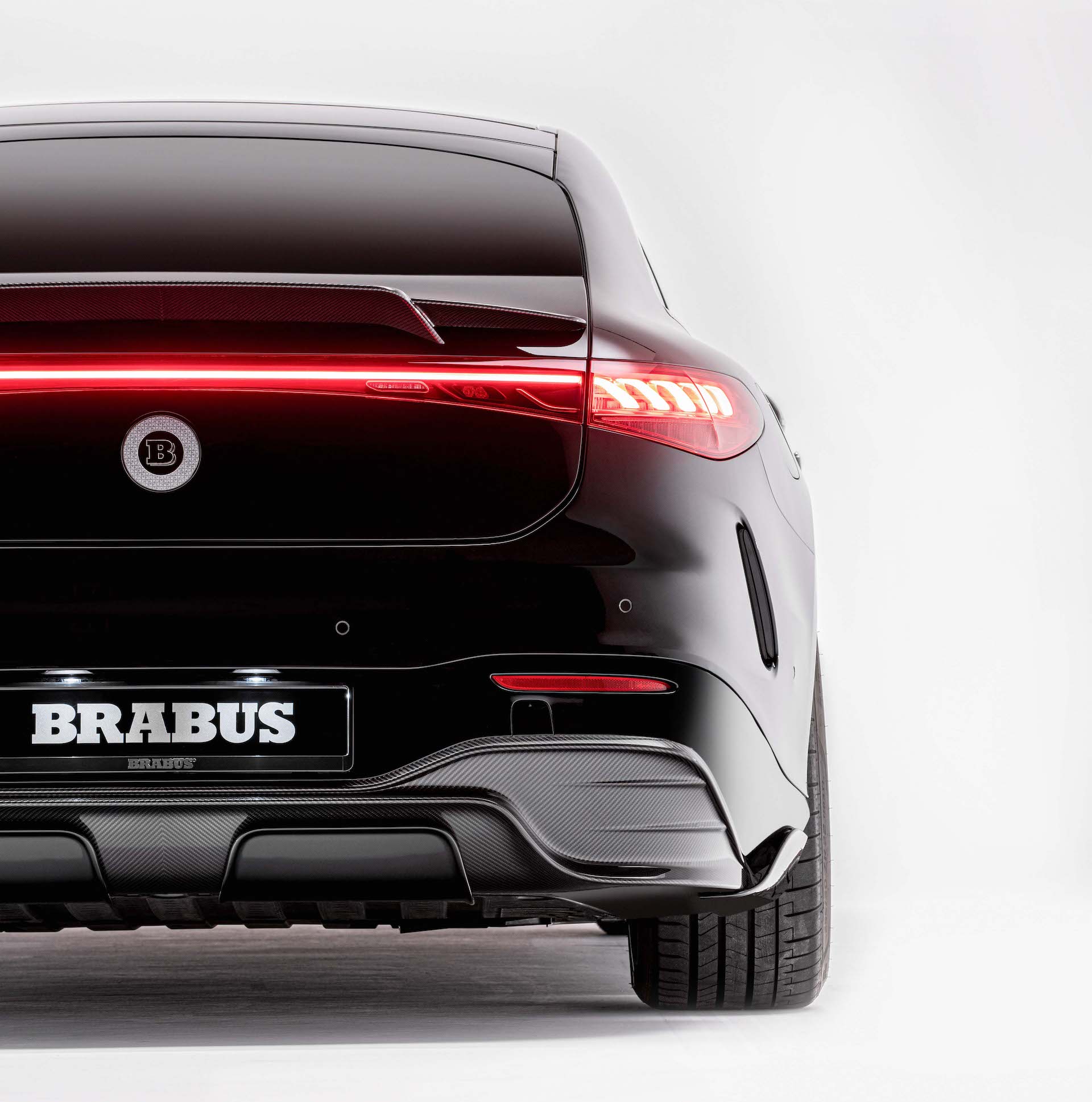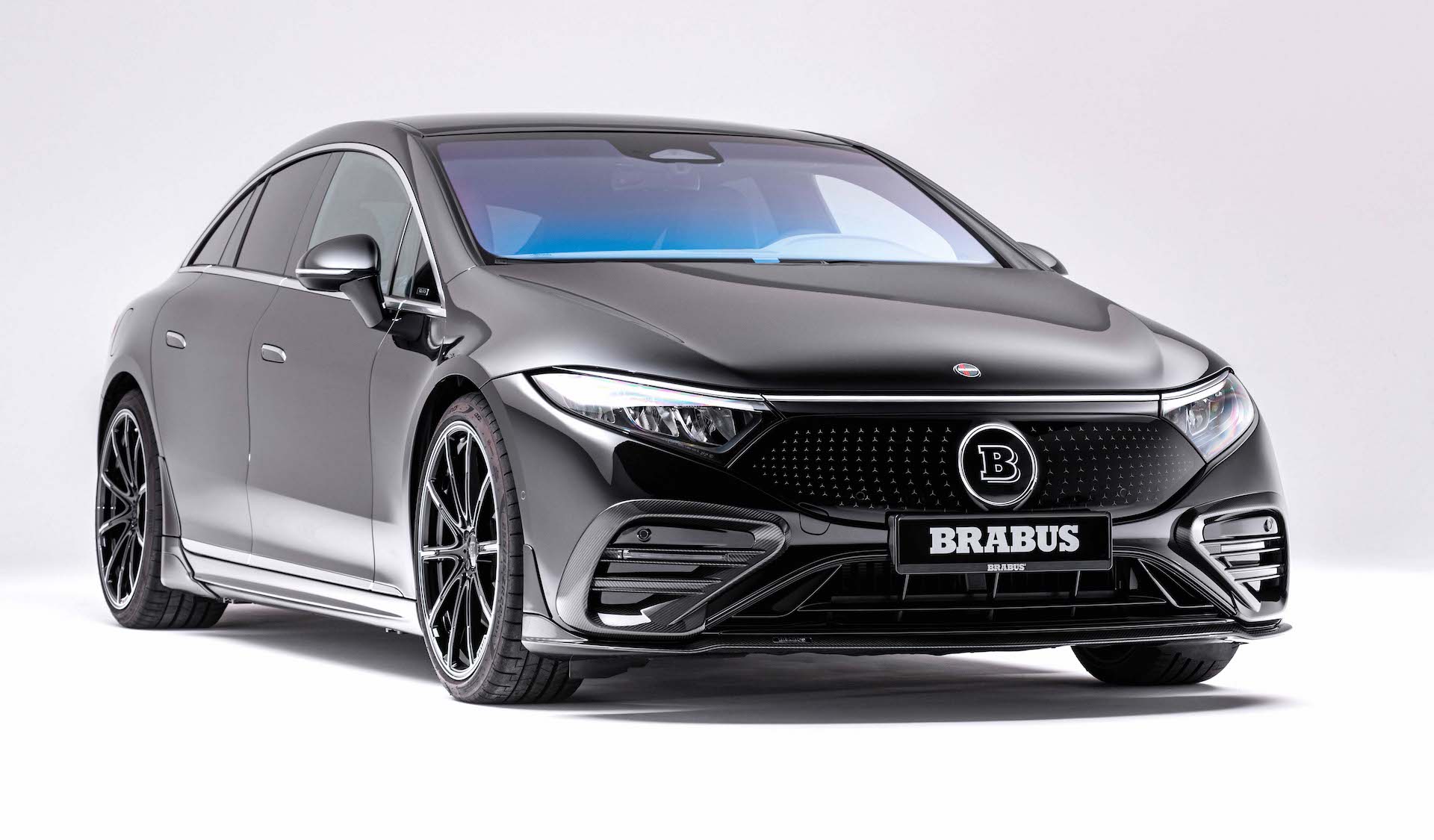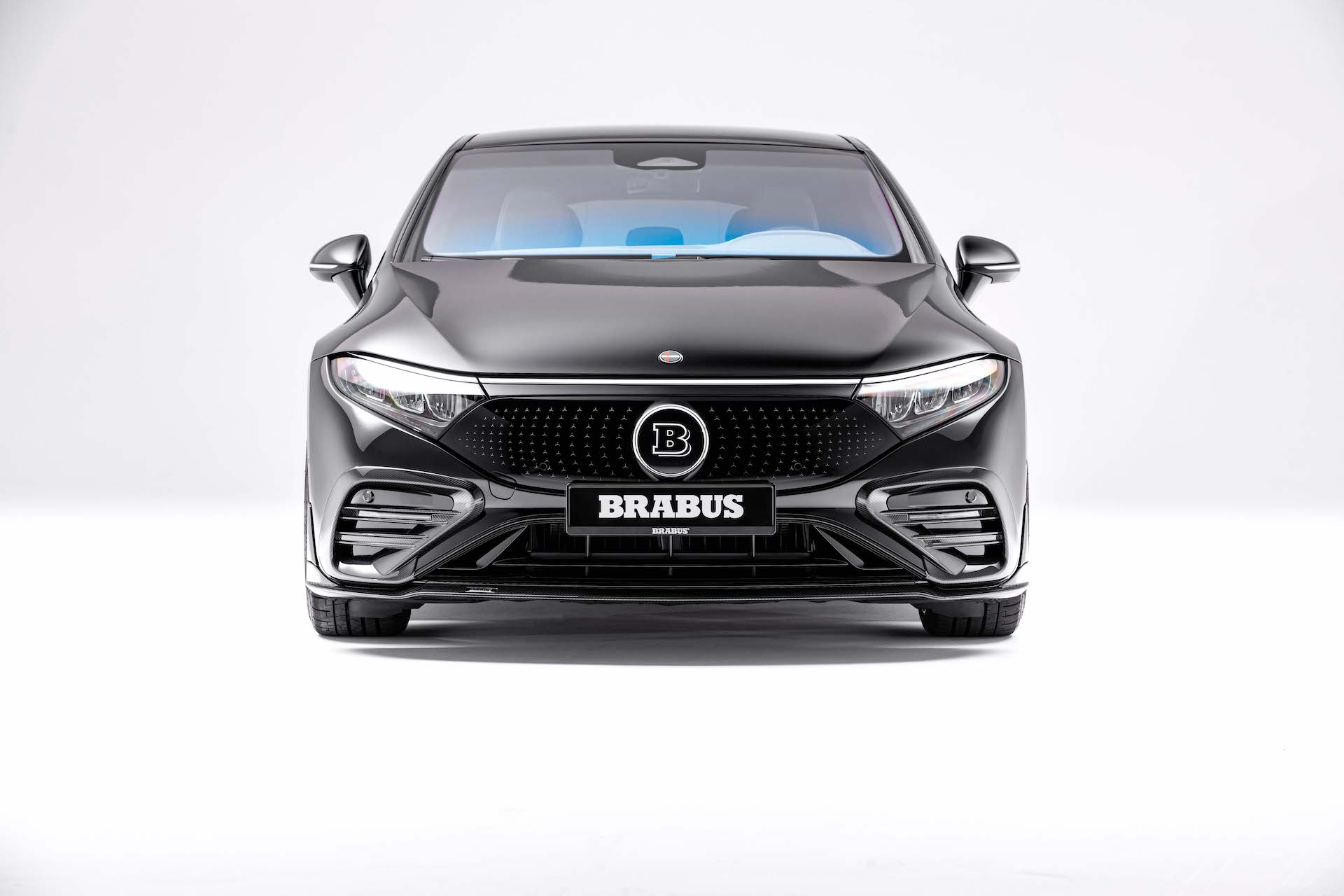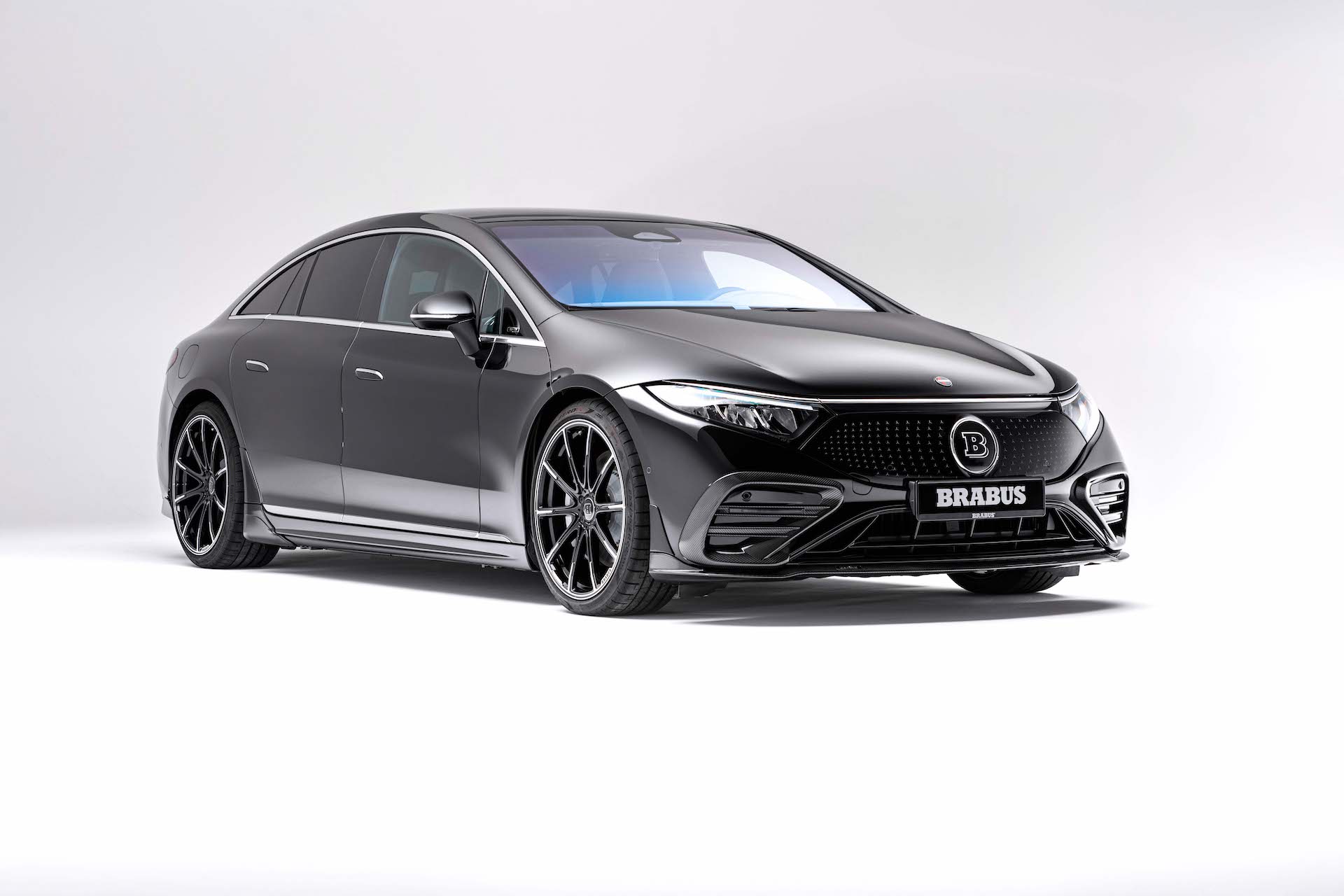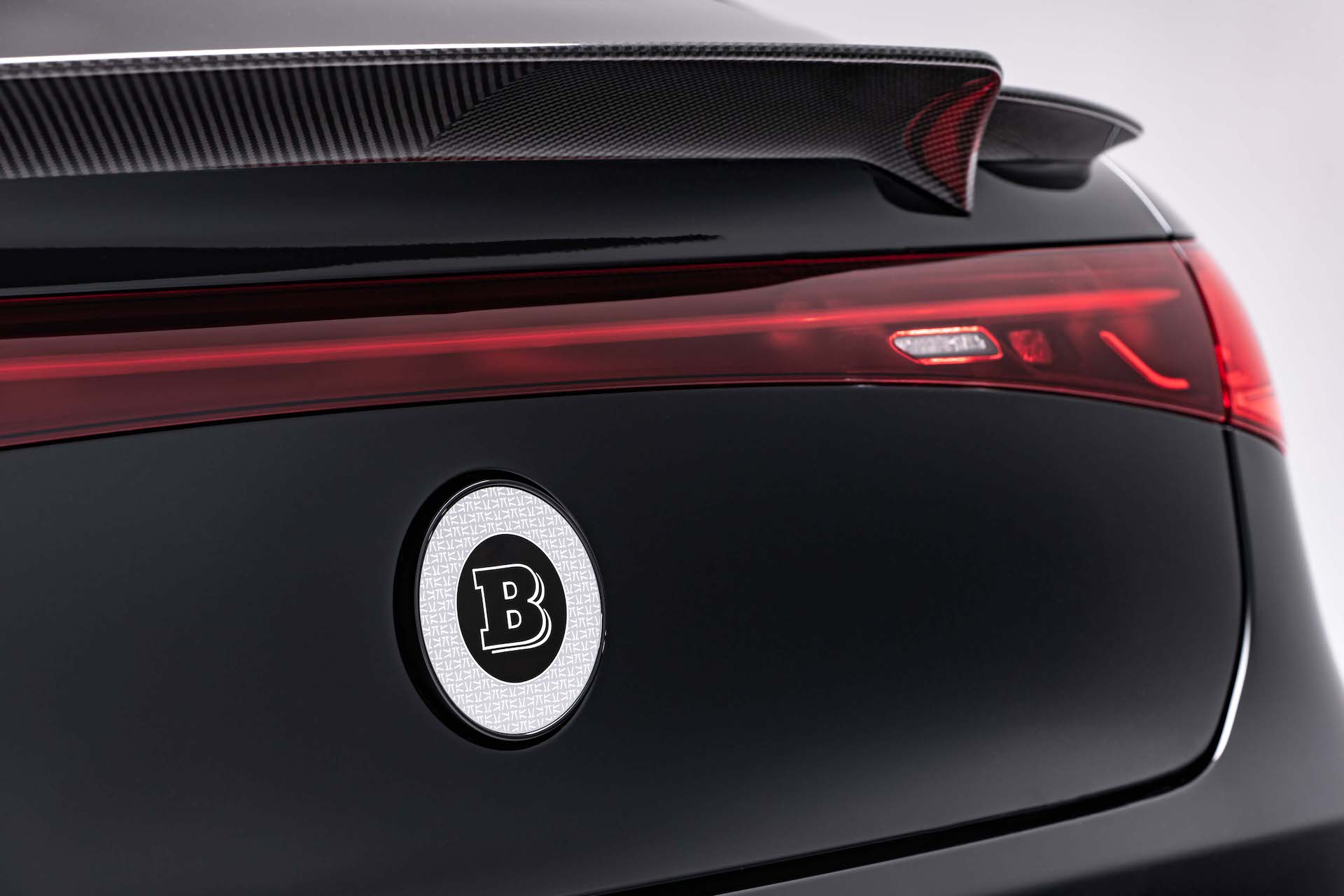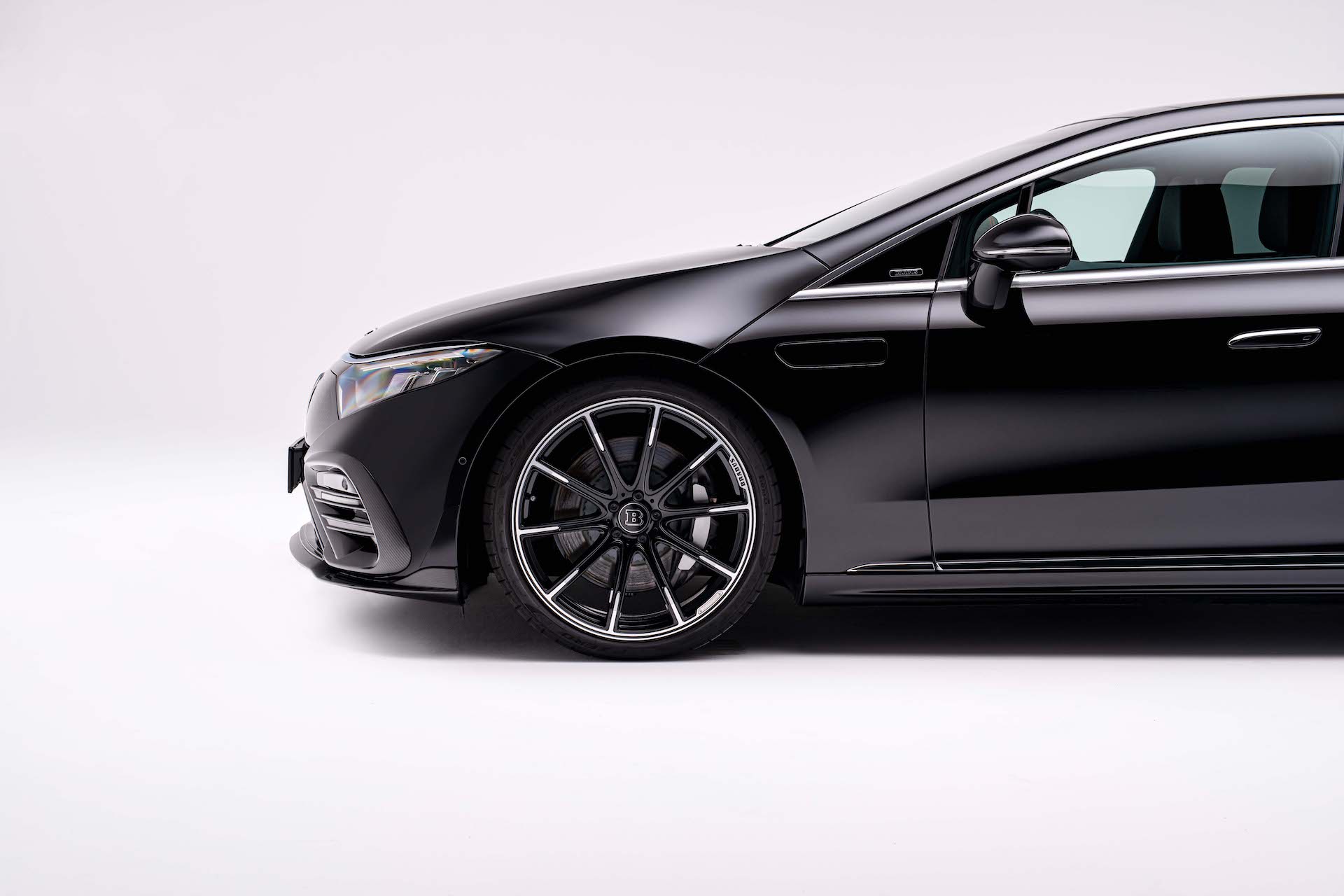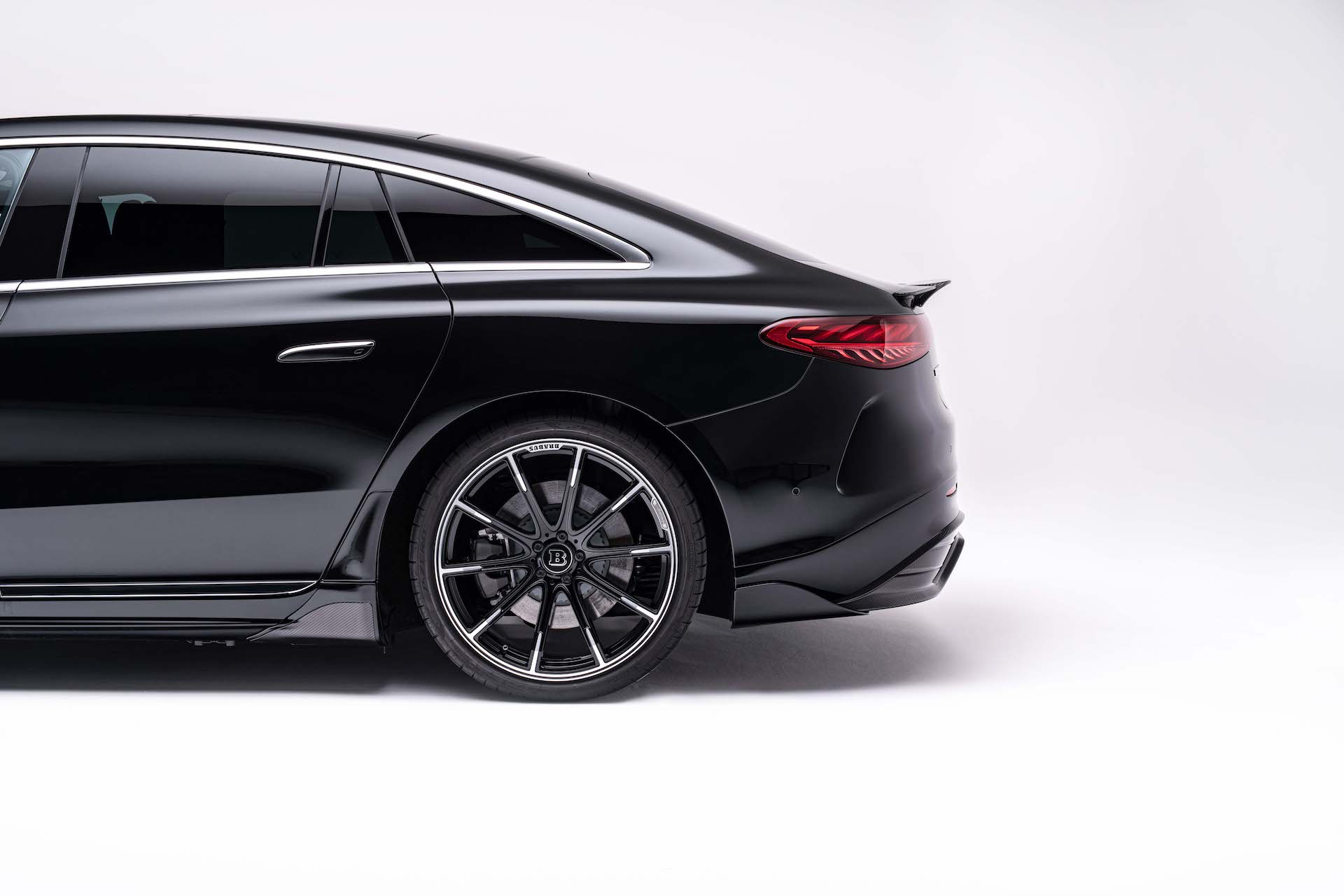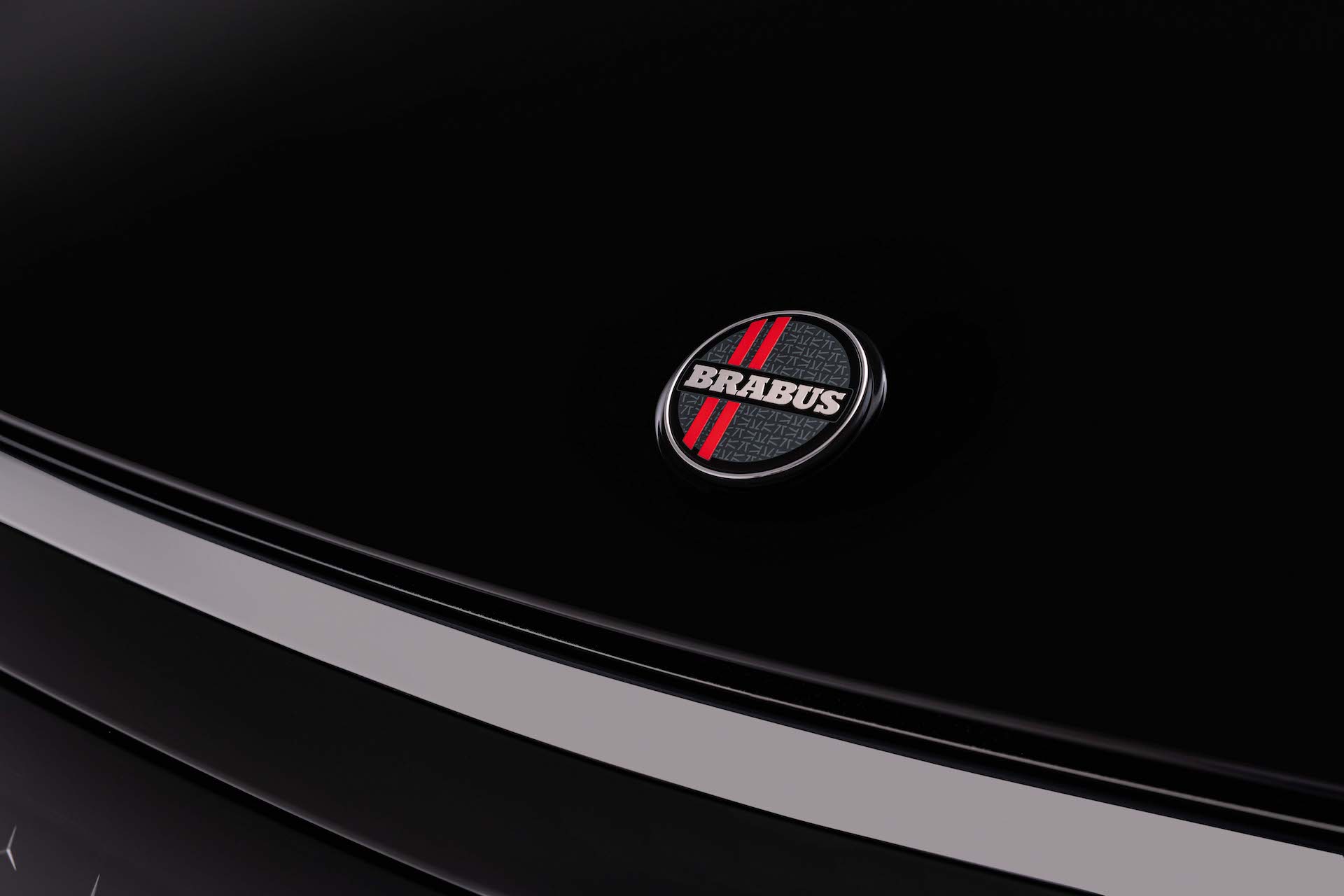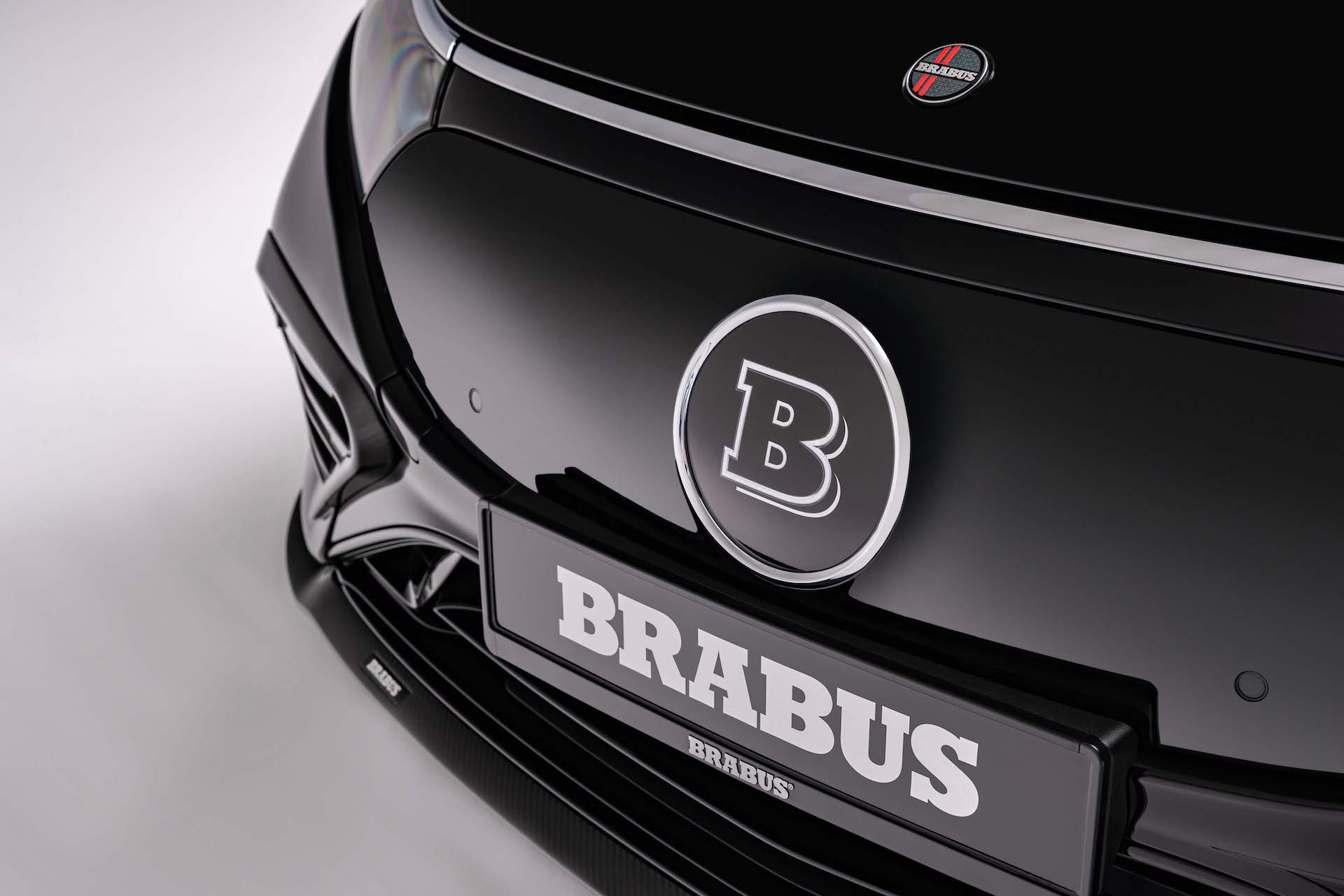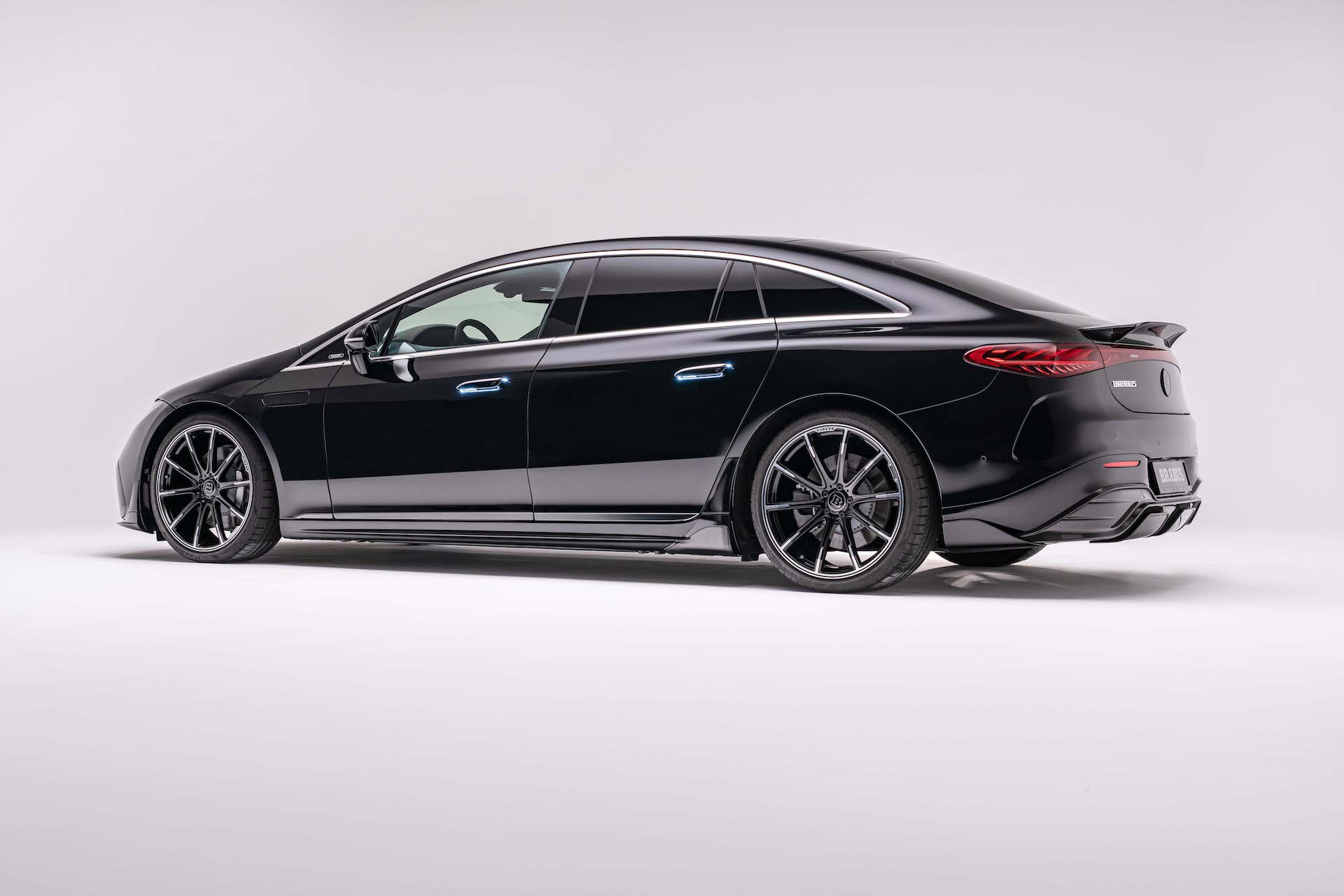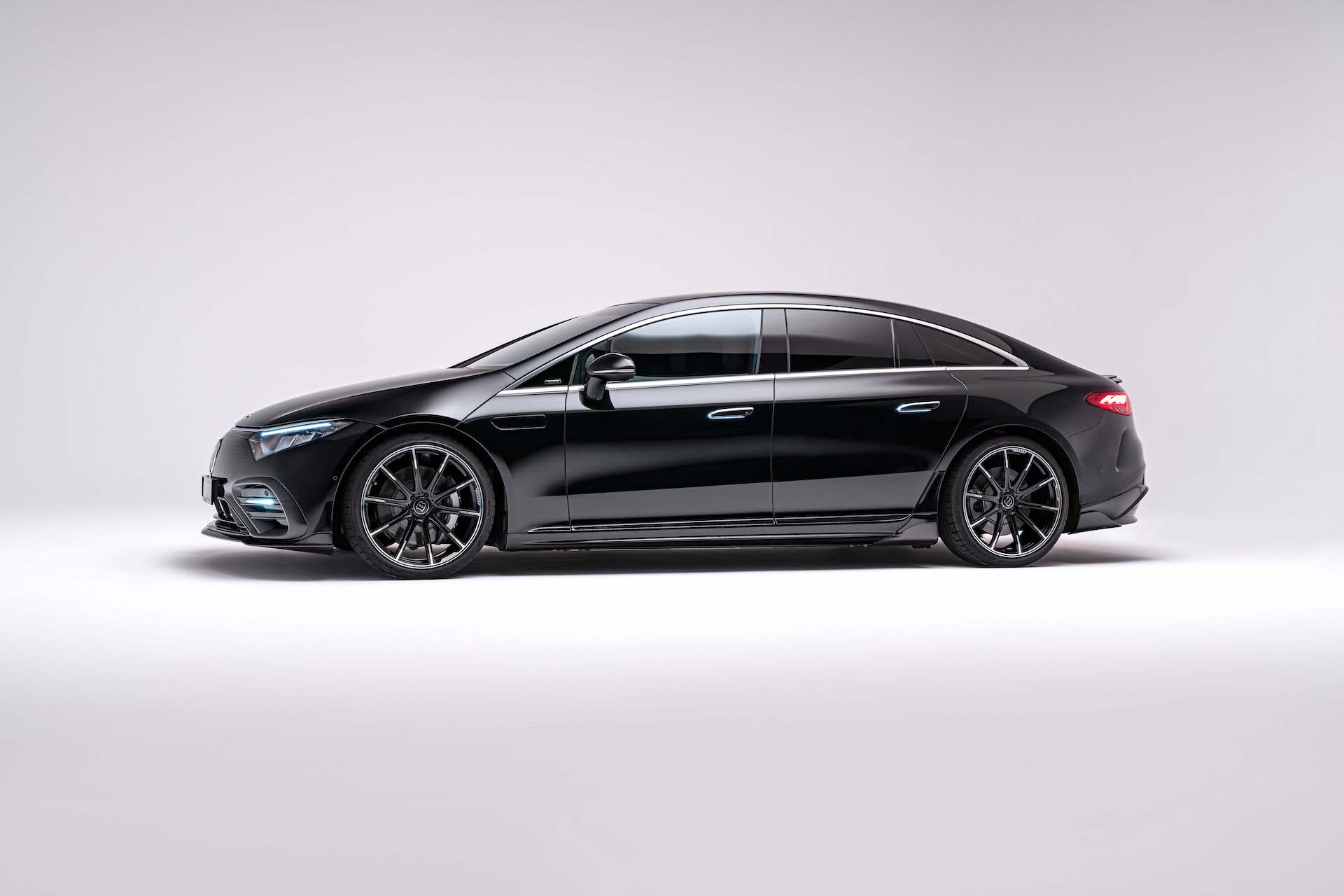Brabus and other companies in the tuning world have built their reputation on the back of making cars looks cooler and go harder.
But now Brabus has released a series of upgrades for the Mercedes EQS electric sedan, and the big news is an improvement in electric driving range. Could this be a new focus for the tuning industry, answering complaints from customers that many EVs simply can’t drive far enough before needing a charge?
Brabus notes that the Mercedes EQS is already one of the most aerodynamic cars in the world, having a Cd value of just 0.20. And it’s not exactly short on electric driving range either. The single-motor EQS 450+ is rated at 453 WLTP miles (729 km) and the 422 miles (679 km) Edmunds achieved in a real-world test makes the EPA’s 350-mile (563 km) figure look distinctly pessimistic.
But Brabus, whose long history with aerodynamic modifications includes cutting a W124 E-class Mercedes’ Cd value to 0.26 in 1985, gaining an entry in the Guinness Book of World Record in the process, claims it has improved both the aerodynamic efficiency and the driving range of the EQS. The modifications include a new carbon fiber front spoiler that reduces front axle lift by 100 percent according to wind tunnel testing and carbon trim for the side air intakes in the nose that improve airflow to the radiators and front brakes.
Related: Brabus 900 Crawler Is A $1M Dune-Bashing Buggy That Looks Like An AMG G63 But Isn’t
The rear end gets a carbon trunk lip spoiler and diffuser that together slash lift by 40 percent, and the car rides on Brabus monoblock wheels available in various designs and sizes ranging from 20- to 22 inches that are tucked 0.6-in (15 mm) further into the front wheel wells, and 0.8-in (20 mm) at the rear, lowering the car and improving aerodynamic efficiency.
The result, says Brabus, is that the modified EQS is 7.2 percent more slippery than the stock car, and that means it can travel 7 percent further on a full charge based on improvements felt in the 62-87 mph (100-140 km/h) speed range that corresponds to regular freeway driving. Obviously, you won’t experience the same benefits at lower speeds so Brabus doesn’t claim that the official WLTP/EPA range improves by 7 percent, but if you do a lot of long trips in an EQS, the mods could conceivably be worth an extra 30 miles (50 km).
Most buyers, however, are likely to choose the Brabus kit because of its subtle exterior changes and interior enhancements that can include scuff plates with a backlit Brabus logo and carbon foot pedals, making the rather plain-looking standard EQS appear much more than 7 percent cooler.




